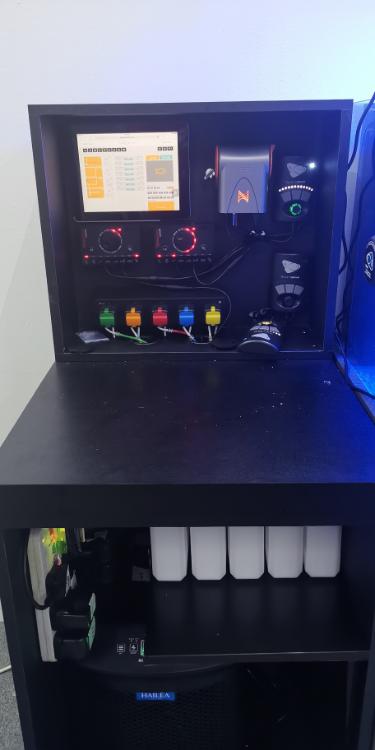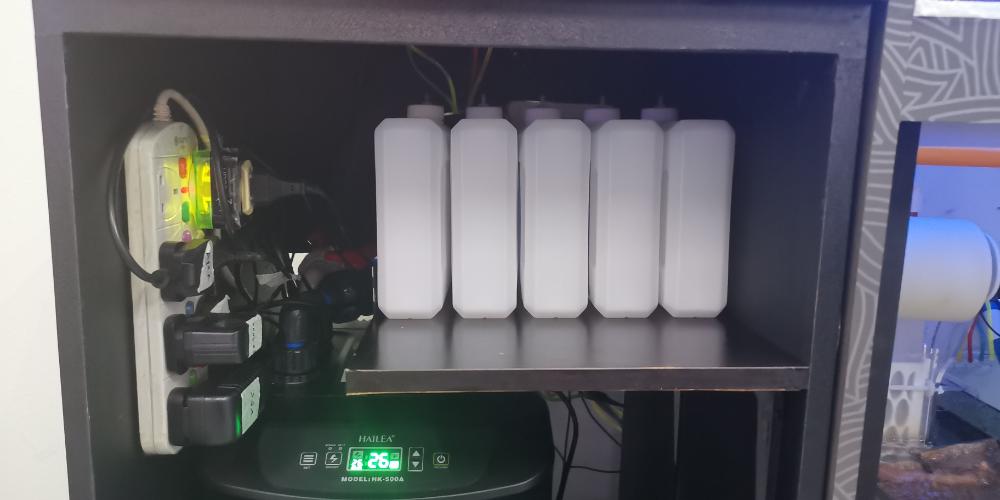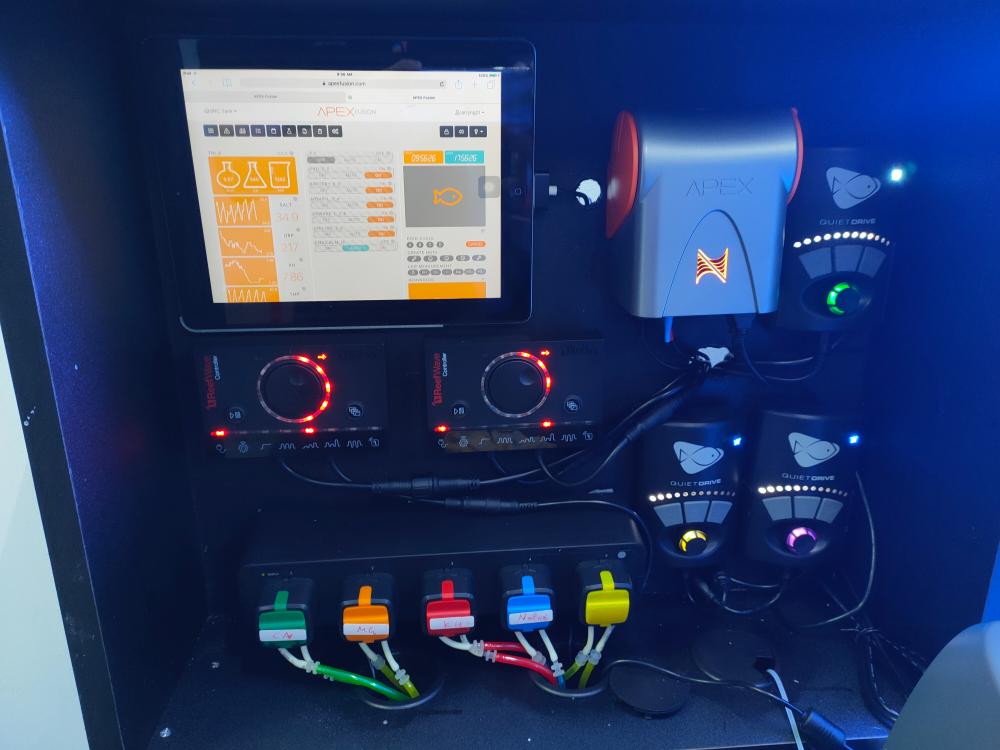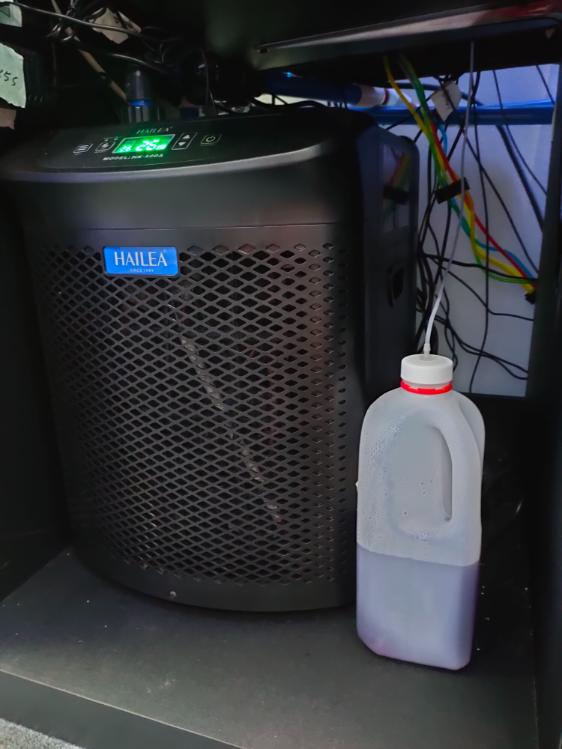-
Posts
175 -
Joined
-
Last visited
-
Days Won
9
Content Type
Profiles
Forums
Gallery
Everything posted by src
-
If you love such content, Do Like and Subscribe to support Us ! www.youtube.com/sgreefclubcom
-
Tips for quick replacement of clarisea roller filter For all roller filter user, i guess the most troublesome part come during the need to replace the filter roll once it is used up. That is when you might need to stop all pump , remove the whole unit of clarisea filter in order to remove the old roll and replace it with new one . Step 1 - Using a scissor cut a portion of the remaininding fleece from the old roll to be replaced. Step 2 - Mount the new roll into the filter and join the portion of both the new and old fleece with a staple. Step 3- manually control the fleece to remove the "Stapled" portion of the jointed fleece out of water ( This would prevent any containment / rust from the metal staple itself leeching in the water) Step 4 - Install the new roll and you are all set to roll again! Do you have any other method that you did to save your trouble when you change your filter roll ? Share with us here as well. Thanks to @SubzeroLT for sharing the original idea .
-
Water Top Off An automated water top off system to replenish evaporated water ( Fresh water and not saltwater) from the marine tank is important that not only help replenish the water loss ,but also help prevent pump in the sump run dry and keep the overall salinity stable. It is strongly recommended to replenish loss water with treated RO/DI water or pure DI water with low or zero TDS level that help prevent unwanted algae in tank as well . The ATO unit that we will be using The ATO pump in water from the ATO tank once it fall below water level. Water level sensor Flow valve that replenish DI water back to the ATO tank once it fall below level. Float valve is connected to the DIY 5 stage DI system which consist of ; pre-filter, carbon block, carbon mesh and 2 stage DI resin. Dated the filter exchange date for easy monitoring. Ato top up compartment with customize water level sticker
-
Water change A regular water change not only helps reduce nutrients in the tank ( Nitrate / P04) , it also help replenish both major elements ( KH,CA and MG) as well as minor trace elements which is difficult to test unless running a expensive ICP test. This is also one of the more troublesome task that every reefer hate. However, there are some ways that can help plan and make this process easier. Deciding what salt mix to use, and the brand of type of salt mix to use every much depend on the parameter of the system that you want to achieve , so research and check on the label on the salt mix brand which you are using to see which type suit your need better as depending what we are keeping. Since our #SRCTANK will be mainly SPS dedicated tank, we are looking at a salt mix which has a KH of about 8 ppm. However, generally speaking keeping SPS at a higher KH level can have evaluated coral growth where keeping it at a lower KH level will have slower growth but reported better overall coral coloration. For some hobbyist, if the purposes of the frequent minor small amount of water change is mainly to Top up and replenish the missing elements, a higher evaluated KH,CA and mg level salt may suit his needs. So choose a salt mix with a parameter that match your needs. If a large water change is perform, try to use a salt mix that has parameter ( Especially KH) that suit your tank to prevent any unwanted stress to the existing live stock to your tank. 1) Find a suitable water storage drum / container that hold the usual amount of water change that you will be performing each time . ( ideally 20% of system volume each time) . Ensure the container to be use is chemical free and clean. 2 ) Make a marking on your tank water level ( When all pump is shut off) to know the amount of water that you will be replenishing back. 3) start with filling the clean container with RO or DI water , and start adding the salt mix into water ( And never the other way around ) , you can use a power head to help dissloved the salt in the water. 4) use a dedicated container for the amount of salt to use and mix the amount to use so that you will know how much to add the next time . 5) After the salt in the water is fully dissolved. Measure the salinity of the water in the water mix container using a reliable salinity refractometer to make sure the salinity is the same with your tank salinity. 6) Get a long hose to drain water from your main tank, and also to help pump water back into the tank from the salt mix container. If the above is done with the proper planing and equipment, a regular water change can be done usually in less than an hour.
-
-
You can get it from reef market sg ( online ) or check with the local LFS store.
-
Acclimating / dipping new corals into the tank. Step 1 floating newly bough corals in your tank water to acclimatise the temperature inside of the bag Step 2 Prepare two container ( One for dip and the other to hold your newly purchase corals) and slowly add your tank water to the new purchase coral container. Step 3 - After acclimating is done, perform the coral dipping process to prevent any bad hitchhiker or any chances of introducing pest into your system . Step 4 - Visually check for any pest on the dipping container or eggs on the corals itself and manually remove if any, for this reason, white or clear container is prefer to allow easy check of any pest. Step 5 - Corals that has finished coral dip will be transfer to the clean tank water for a wash before entering directly into your display tank or coal quarantine tank.
-
try check with Aquarium artist on this
-
Thanks again to Aquarium Artist for sponsoring our SRC tank.
-
Acclimation of new live stock As the tank water of the live fish shop that you bought your fish / coral from is different from our tank system. It is important to acclimatize your newly purchase fish slowly so as to let it adjust to the water parameters esp ph, salinity ect . Doing a proper and slow acclimation process will greatly enhance the success of your newly purchase live stock to your tank to prevent any shock to the live stock. there are various method of acclimation, and here we are using the slow dipping method when we introduce the regal angel to the new system.
-
Cleaning crews ( CUC) After tank cycling , first to go in is the cleaning crew. There are many type of algae grazing snails available which include Turbo, tectus, and astrea ect.. it is ideally best to have some of each that take care of different strain of algae in your reef tank..
-
-
Additional filtration - Ozone Having additional filtration equipment like running a Ozone 03 or Ultra Violet sterilizers helps keep water crystal clear , and for the case of a UV, it helps kill harmful parasites that is causing white spot to fishes ect.. For the case of simplicity, we are running a ozone in this case which helps in the water clarity and rising the ORP value of the tank. Maintaining the clarity of the tank not only is eye appealing, but it allow better light penetration to the corals as well resulting in better growth and coral absorption. Running the Ozone thru air dryer helps improve the efficiency of the effect of ozone itself. connecting the outlet of the ozone to the air silence of the skimmer Can see an significant increase in ORP value after start running of Ozone.
-
Skimmer - the heart of the filtrations system in a marine system. There is no doubt that the skimmer is one of the most important aspect equipment of the whole marine tank system , and not only does it provide oxygen level in the water , a good skimmer helps remove waste from the water before it break down into Nitrate or phosphate. The skimmer that we will be using is the Nyos 220 skimmer which is rated for 2000 liters of water, it is recommended to use a "over sized" skimmer especially if you are keeping a high bio load system ( Fish only ) or deliciated system which consist of mainly SPS corals which required a more demanding water parameters.
-
-

Tutorial on how to change Red sea Reefer downflow valve to a gate valve
src replied to Evolutionz's topic in DIY Forum
Great share ! -
Note Taking As a reef tank is dynamic , any changes could result in either a good or bad respond to your corals or fishes. Thus it is always a good practice is to keep a good record of your tank parameter, changes make to the tank or any recent event that allow you to retrieve and see what was previously done to try to find the root of the issue. You could use a simple note book to record the weekly water parameter testing, supplement used ( added) and amount ect or download an aquarium note taking app to keep track of your water parameters.. Having a chart to study past record is a good way to monitor the changes to your system .The ultimate aim is to have a stabilize reef system without causing any shock to the live stock in the tank.
-
Mixing of salt mix There are numerous brands of saltmix in the market, and depending on what you keep, it is best to find a salt brand with the suitable parameter that suit the corals that you intent to keep. Since this will mainly be a SPS deliciated setup, a low KH balanced salt is preferred. ideally, find a clean big water drum / container that is able to house the water for your next water change and use a power head to help speed up the process of the melting. it is also good to take note of the amount / weight of the salt that you be using for your next water change.
-
Start of tank cycling The process of tank cycling start with the establishing of bacteria colonies that helps regulate the nitrogen cycle in our reef tank that convert harmful ammonia to nitrite and them to less harmful nitrate. However, there are ways that can helps speed up the process including the use of bacteria products as well as using bacteria colonize filter media or rocks in a established matured tank.
-
However, the disadvantages of using dry rock or dead rock, it lack all the ' live ' macrofaunal, sponges commonly found in live rocks. So in order to introduce more 'live' to seed our new tank, i picked up some of the live rock from Ah Beng aquarium and added them to the sump compartment. However like all ' live rock' it could come with some bad hitchhikers as well, for example mantis shrimp, crab or worms.. so it is important to treat your live rock and inspect for any hitchhiker before putting it into your tank. Life rock fill with ' live' , sponges, mussel and even some mushroom can be found on them as well.
-
Rock scaping It will be a bare bottom tank for ease of maintain , however due to personal preferences, having a sand bed not only play a part in the aesthetic view of the tank, it allow you to keep fishes especially some wrasses that required a sandbed to rest, and in some extent it helps in providing additional biological filtration to the system as well. For rock scaping and design, i find it easier to work with dry rock and set your design before filling it with water. Epoxy and glue is commonly use to set your scape to join the rock together. Various support structure is use to hold the structure in place before it dry up. In this quest for the ultimate quest for the best aqua scaping. i tried employ the Rules of third method to help better visualize the scape better. What it does is we equally divide the tank display into 3 section each to try to visualize the overall view of the scaping, when the focus is the center of the eyes tend not to view the entire aquarium, and making the emphasis point of your aquarium away from the center, the viewer will notice that the entire aquarium in a different view. With the method, it also allow better visualize of the height of the scape that you are going to set, and making room for possible placement of the types of corals you want to place there and making sure there is room for the corals to grow ect..
-
Water Top Off For the auto top off, we are using the H2ocean compact ATO with a float valve that will be connected to the RO/DI unit directly for top off once the level in the top off tank drop. Auto top off valve Auto top off pump Optical sensor for the ATO. water top off float Connected to external RO/DI unit ( to be setup)
-
Aquarium Backup Although it might not be necessary , it would be nice to have some form of backup or notification to protect your tank. For example the apex aquarium computer with the ' heartbeat" function which is able to send email notification if anything went wrong when it is unable to connect to the house internet prompting you to check on your tank. Whereas for a backup battery, it is able to power up your wave maker or pump to last for a few hours before power is resume in the event of a power failure.
-
Equipment and controller cabinet As the sump tank is fully maximize with the in build auto top off compartment, there is a need to hose the equipment outside of the cabinet, especially the chiller. Thanks to @aquarium-artist which help us to customize a special cabinet to hose all the controller and power point externally. It is ideally better to have the chiller placed outside or in a separated compartment of the sump tank as not allow it allow better ventilation for the chiller for max efficiency, it helps prevent any water vapor from the sump tank entering the chiller itself causing any form of corrosion. The top board where it will house all the controller ect... Taking measurement of all equipment. finally cabinet is done, and now for the messy wires lol.. Fixed a tray to hold all the dosing container Chiller in and container for the Apex trident drainage .

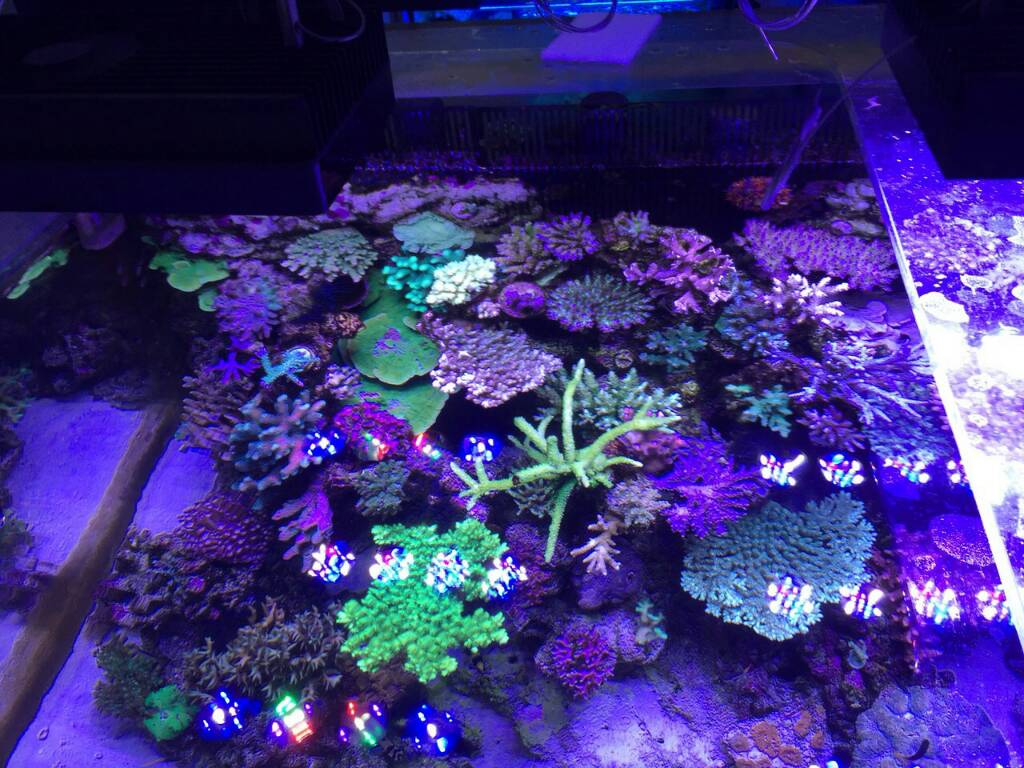
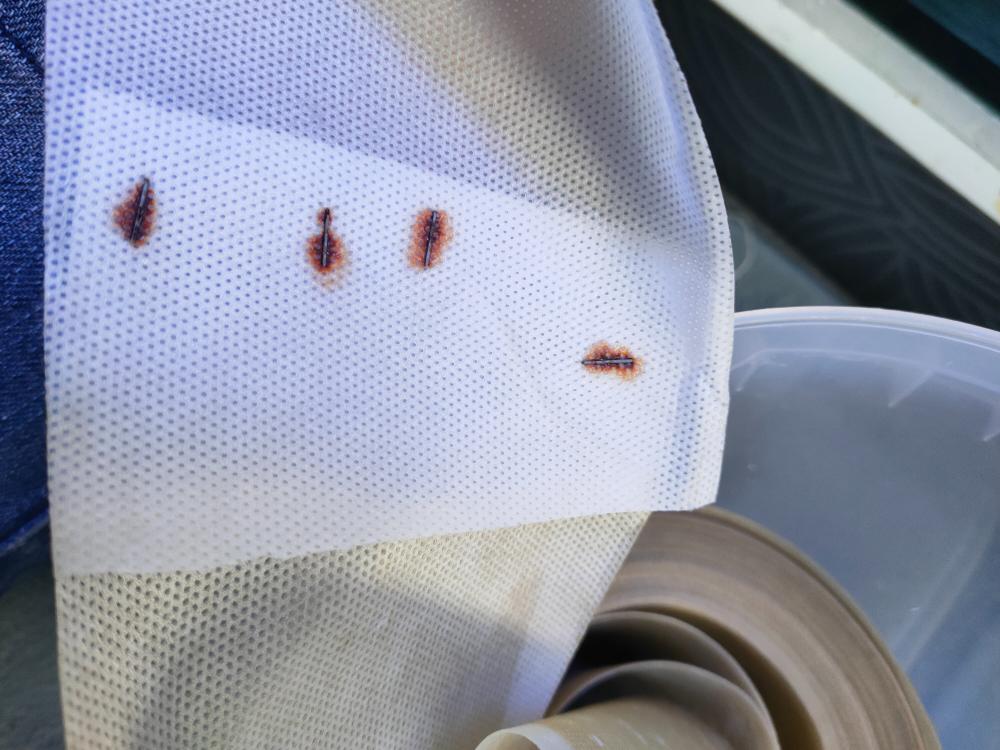
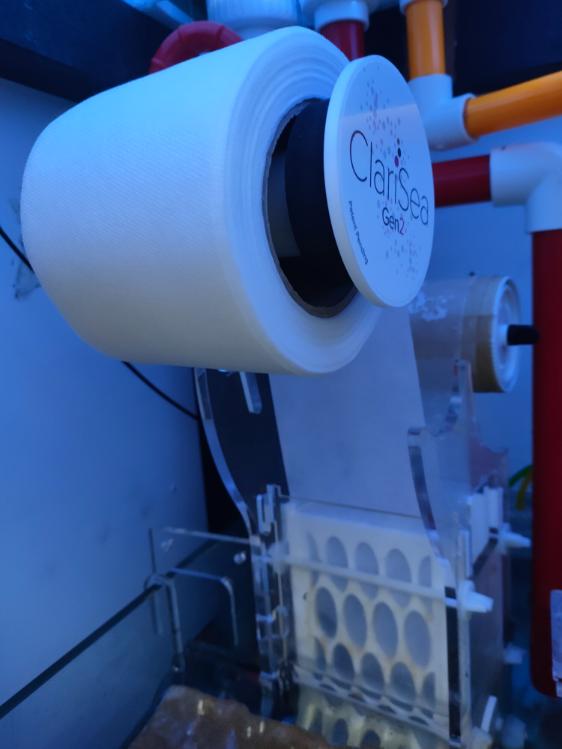
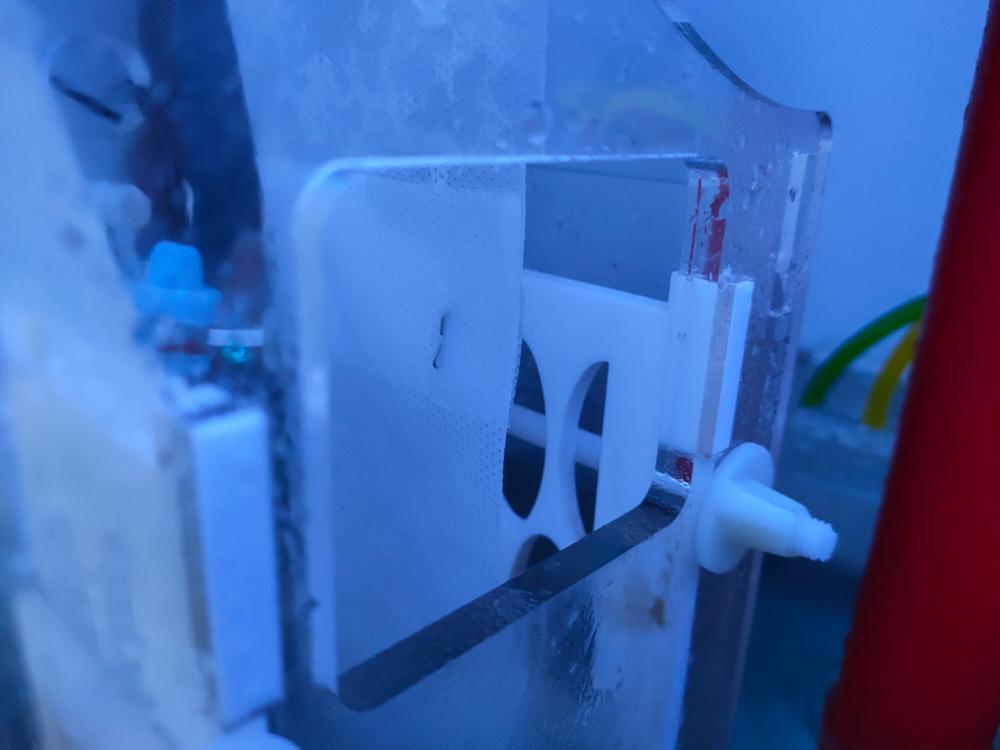
.jpg.f06052078b3d078bdf123e699af1453c.jpg)
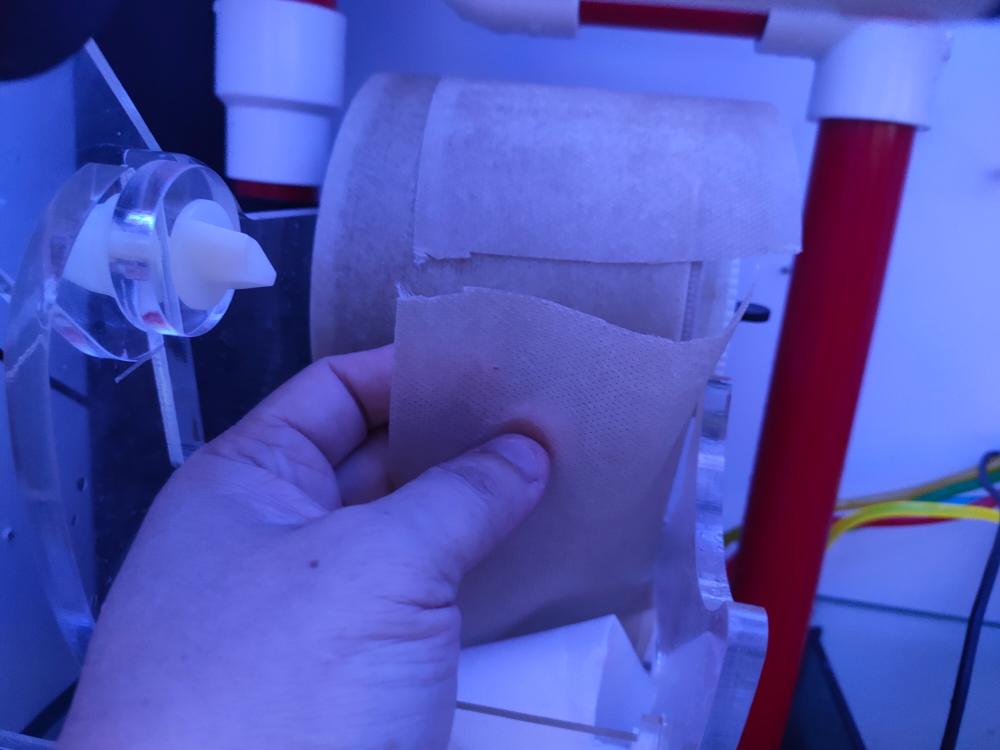
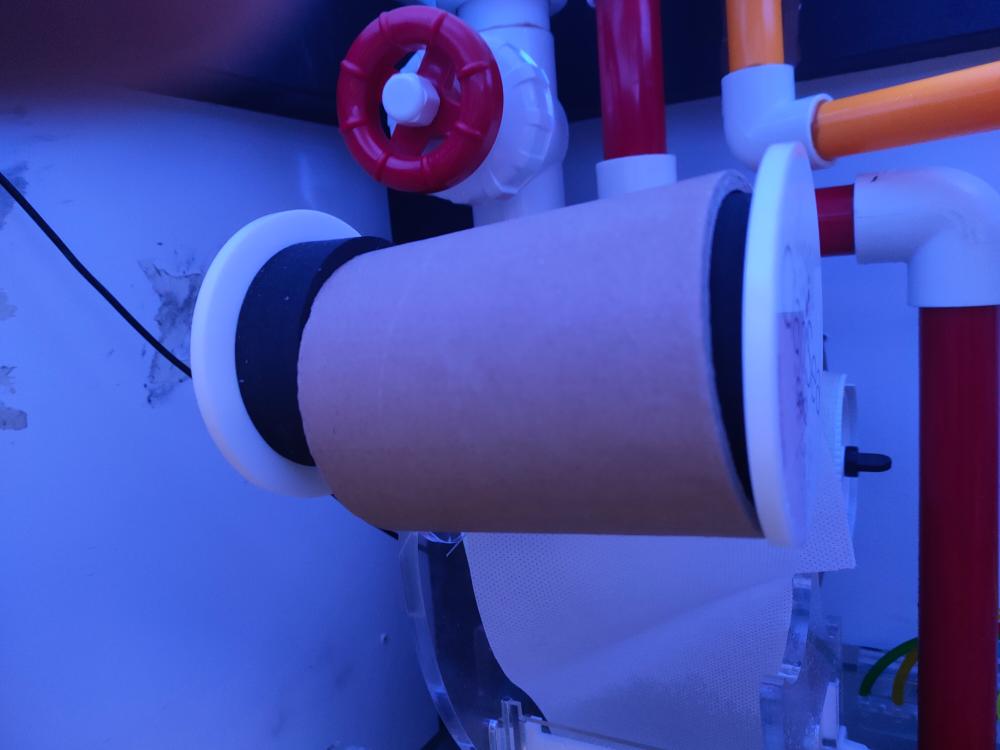
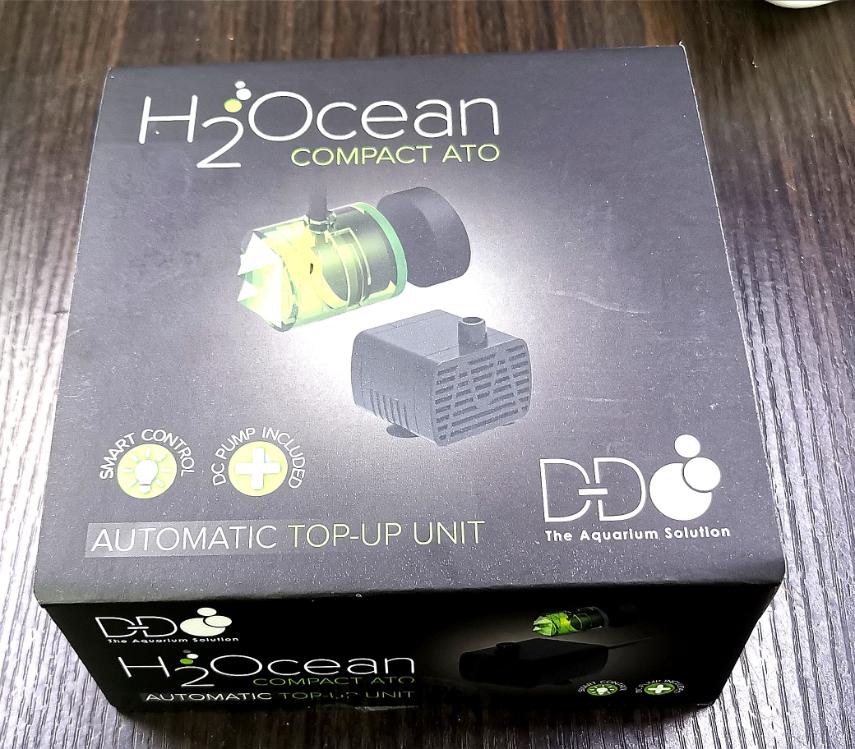
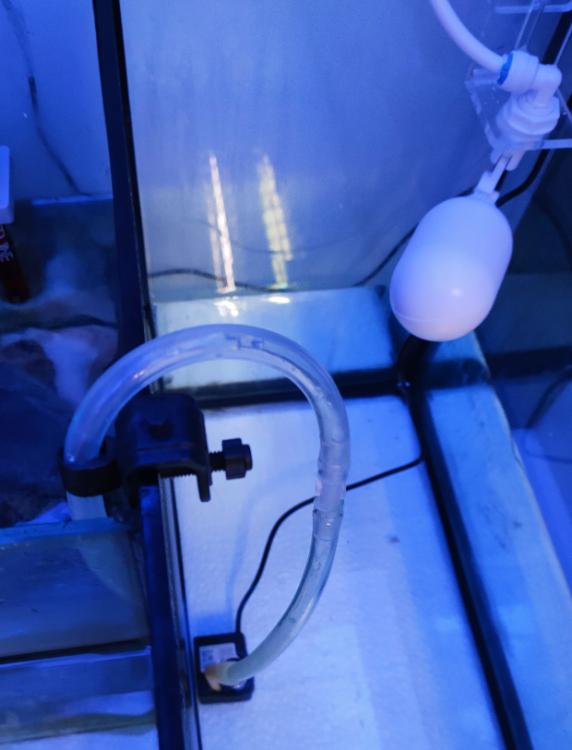
.jpg.d3dd95d73c632523b18ac9cd40e2d607.jpg)
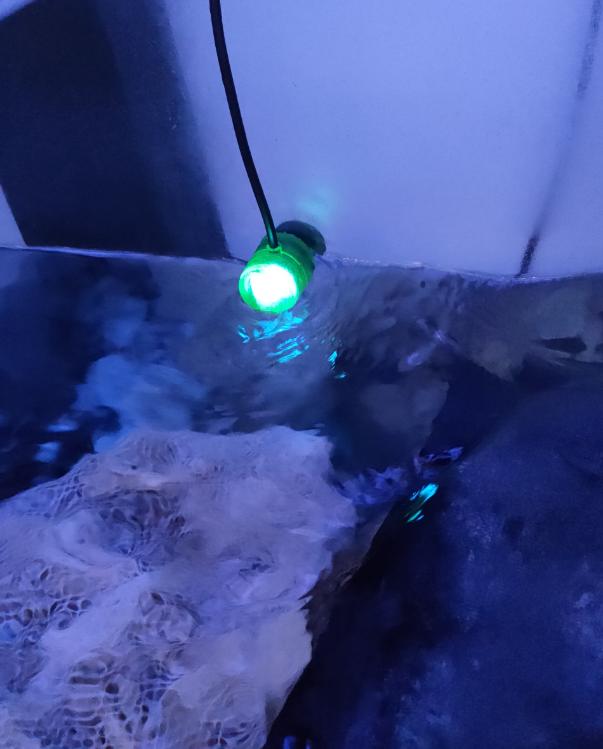
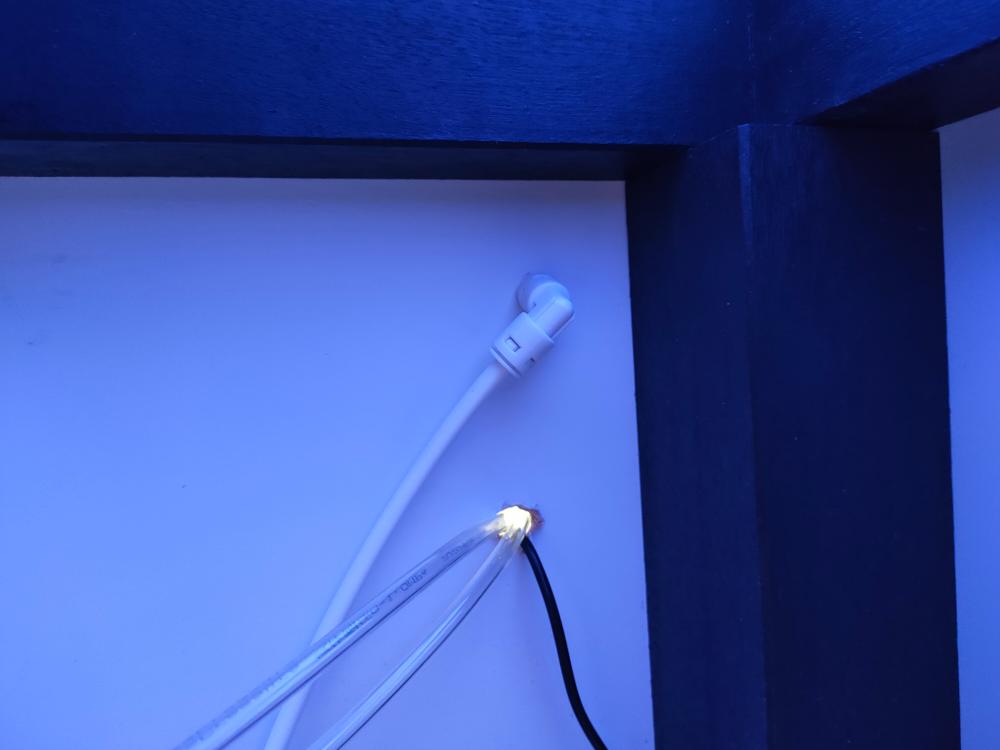
.jpg.ee25444e7c6e2d4164499ee376936e2e.jpg)
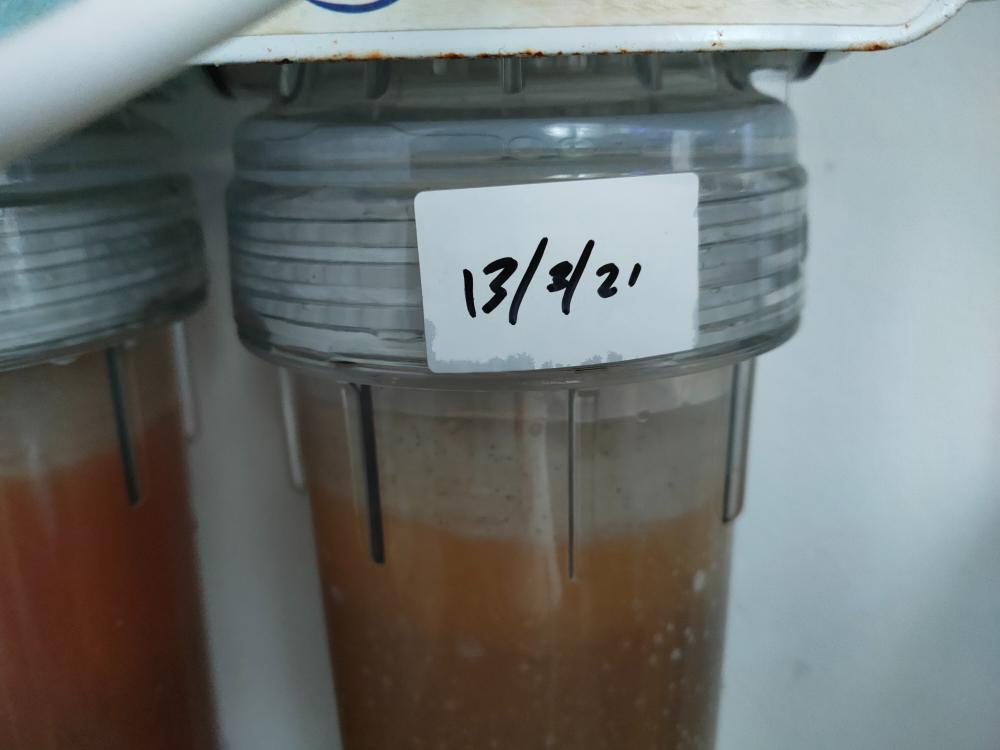
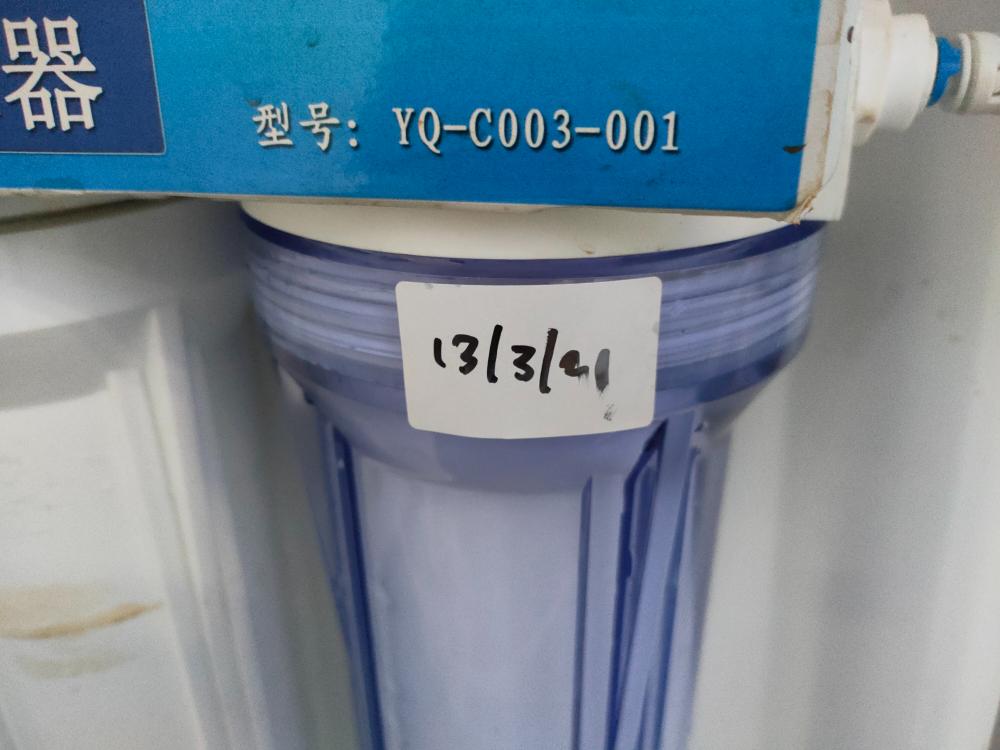
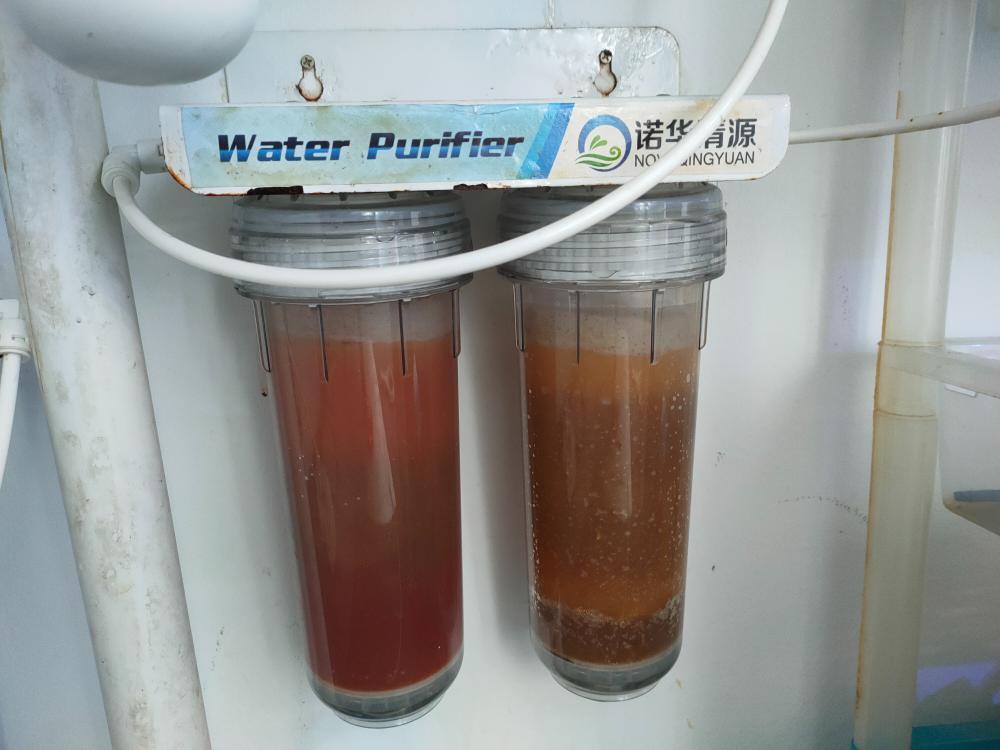
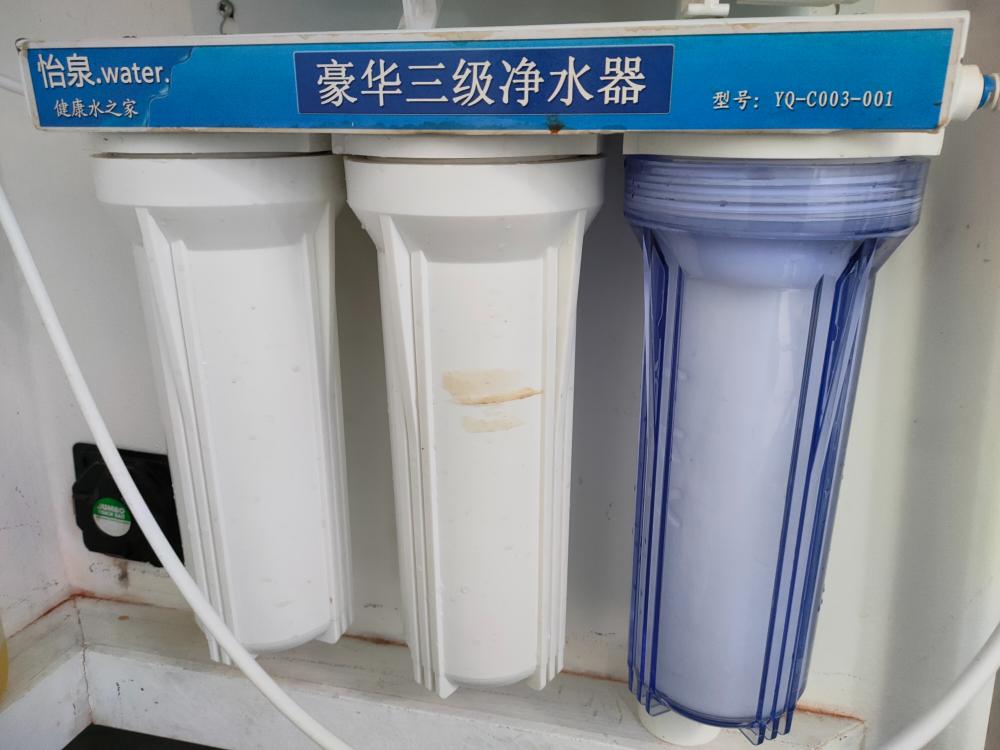
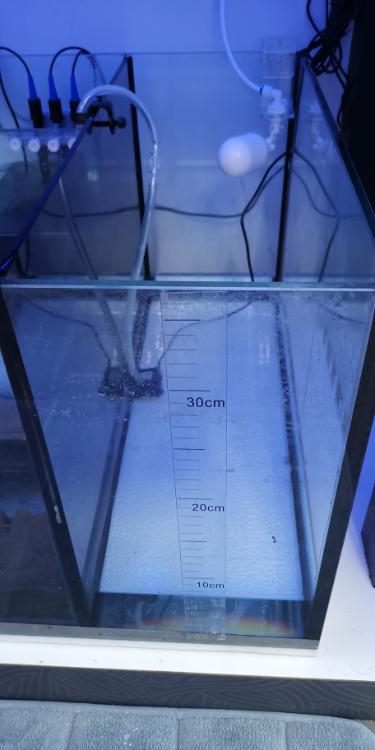
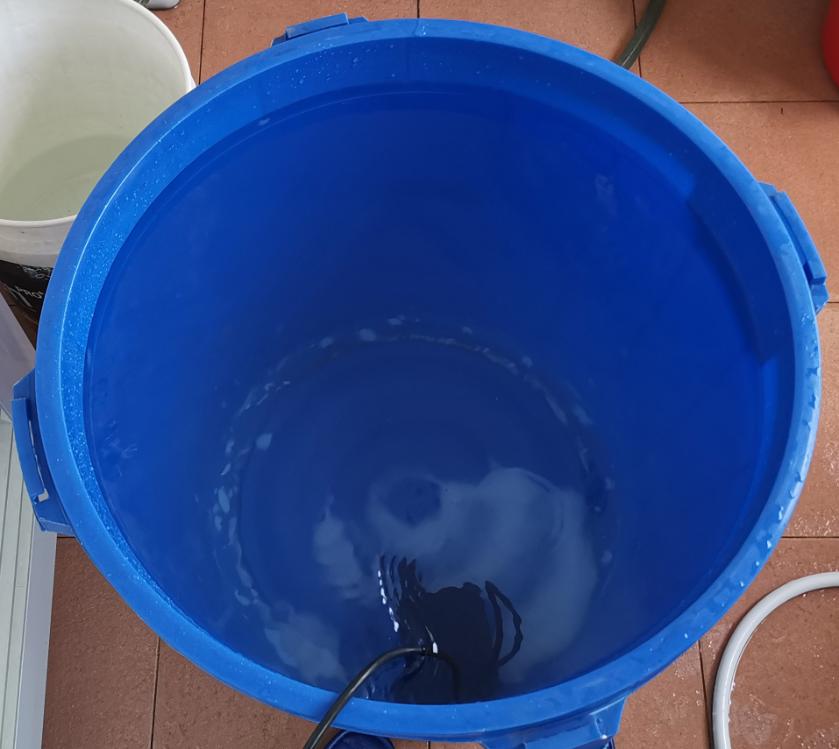
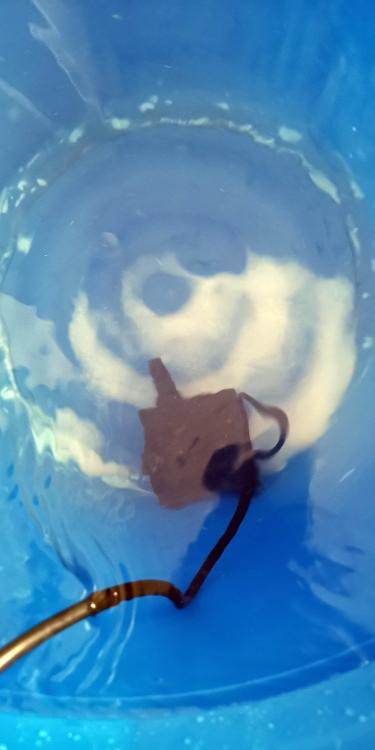
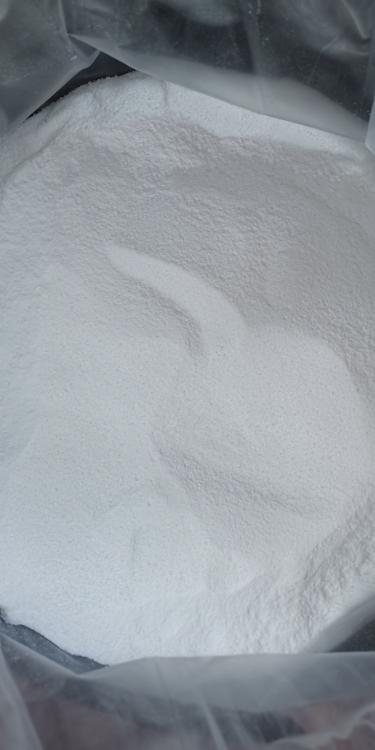
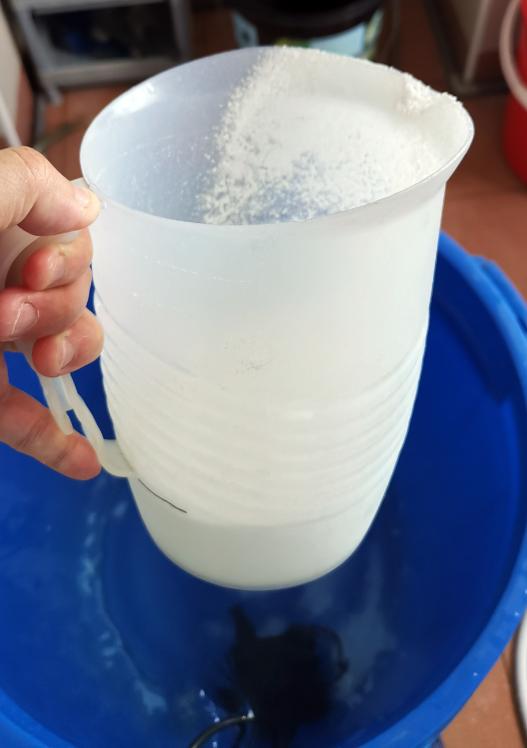
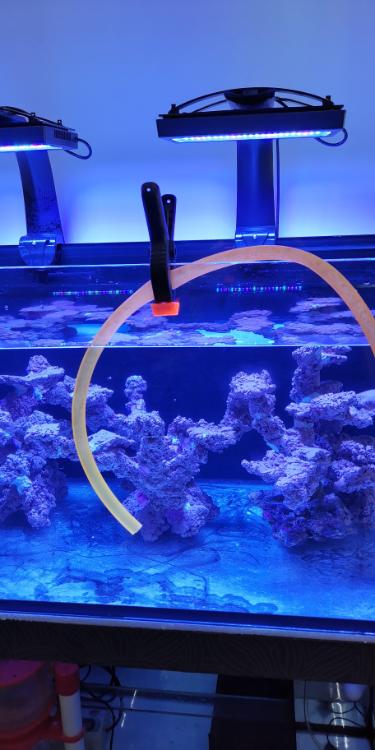
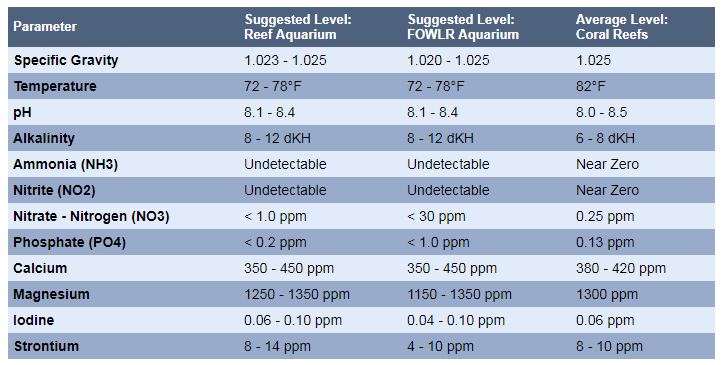

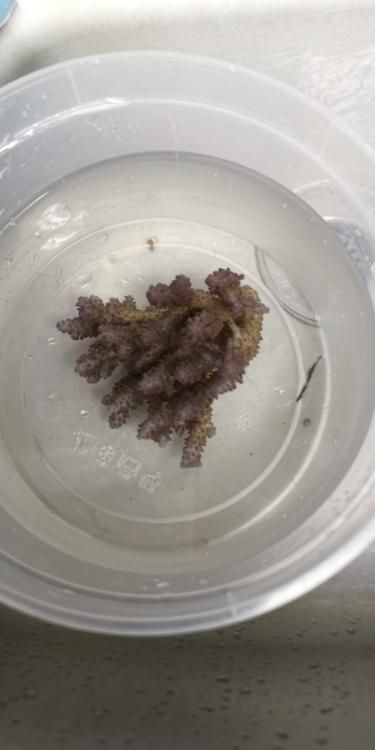
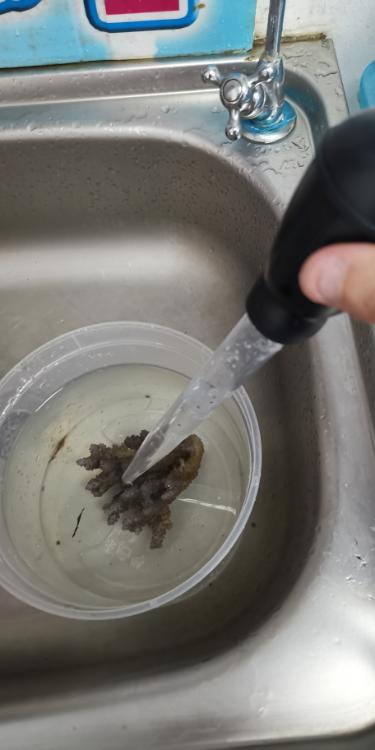
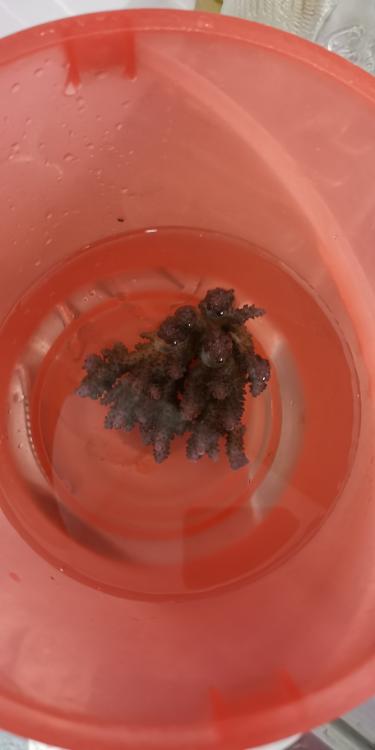
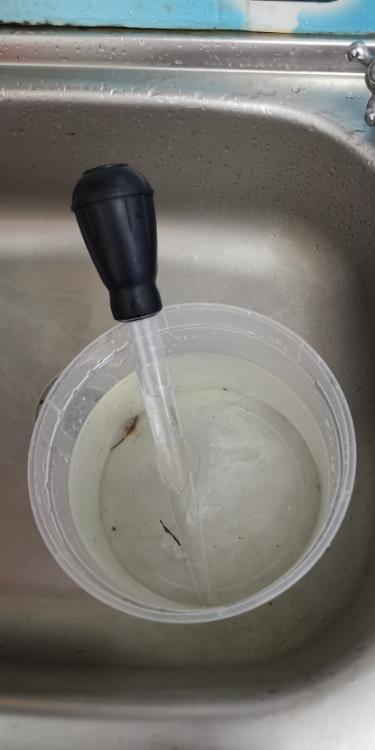
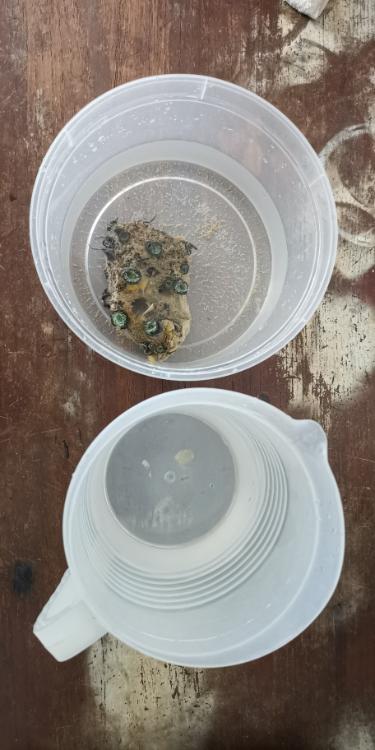
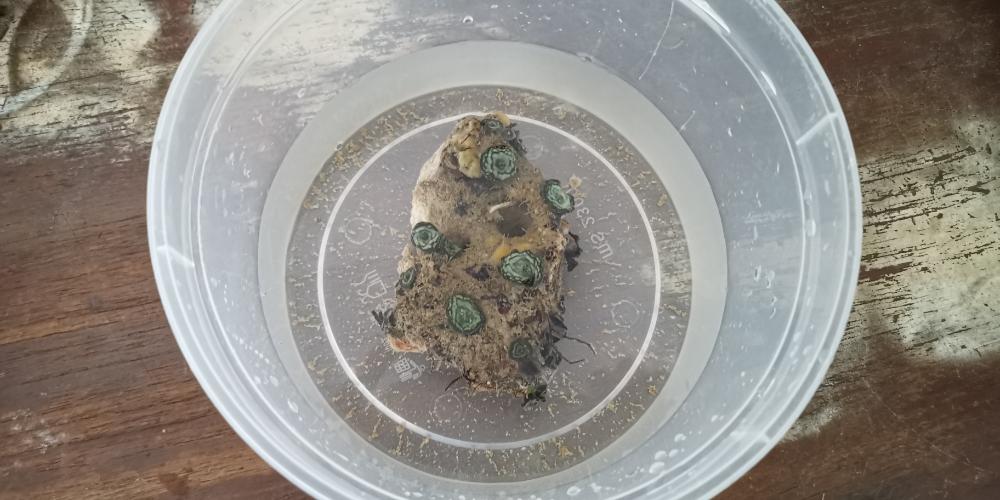
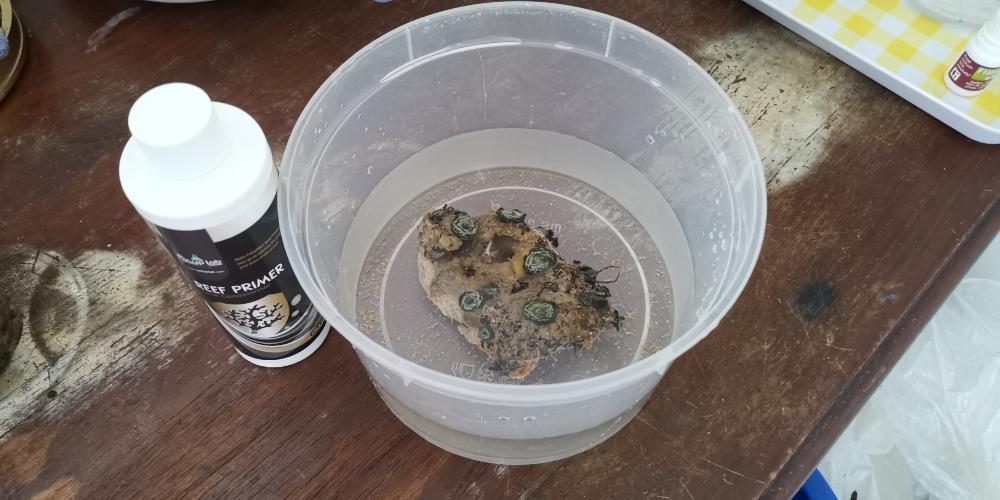
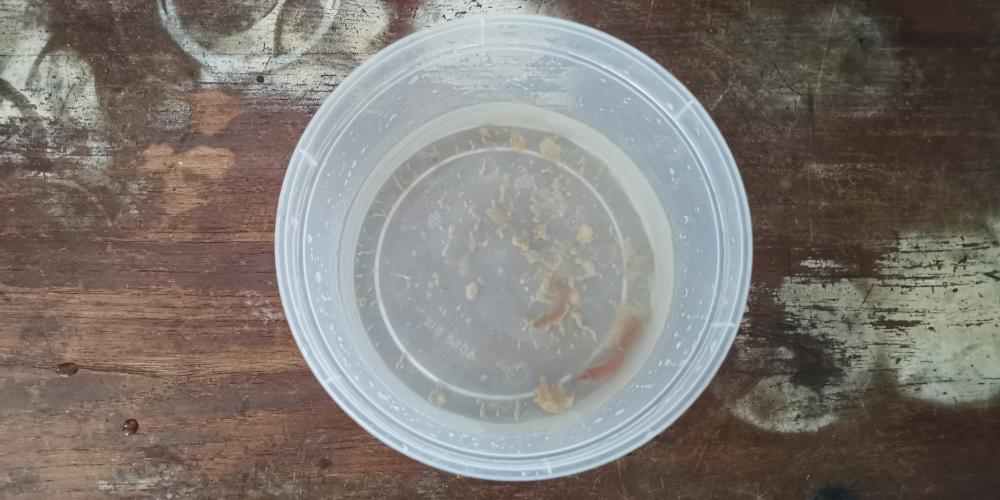
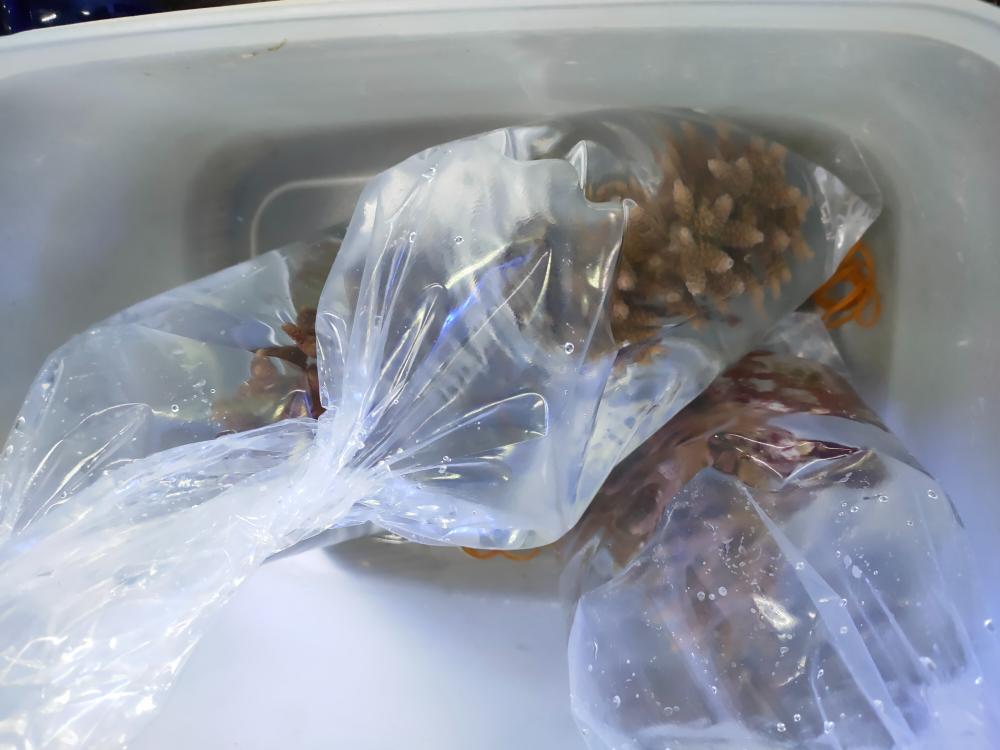
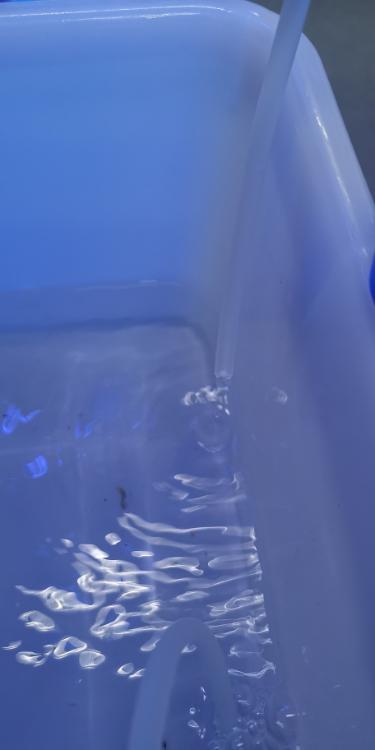
.jpg.c0c7481bcf83d8bc977c45c19f2e1ee8.jpg)
.jpg.a1207e1c73b1a04fea22b459ce65898c.jpg)
.jpg.9b314dd27048ae3cb9a44341c2275505.jpg)
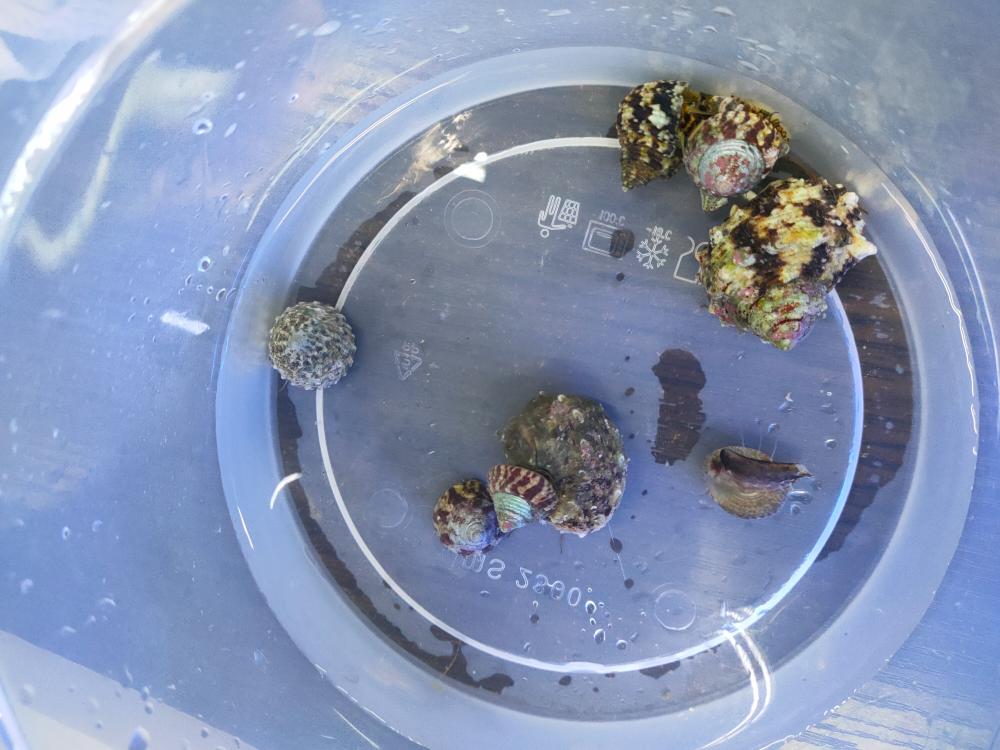
.jpg.50fb9f81ed046e5a676d32b0c5dd422f.jpg)
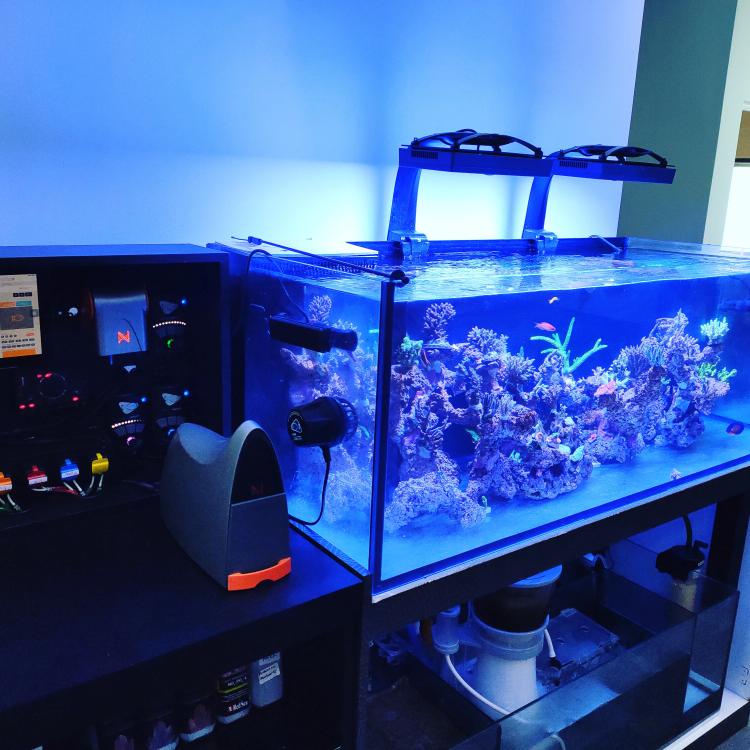
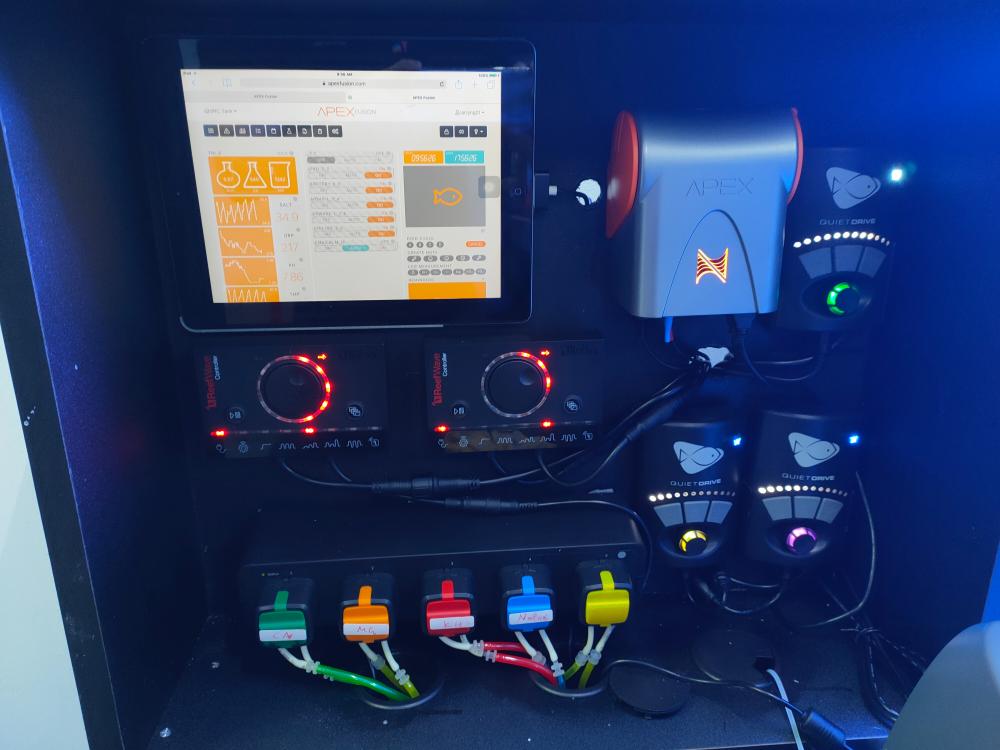

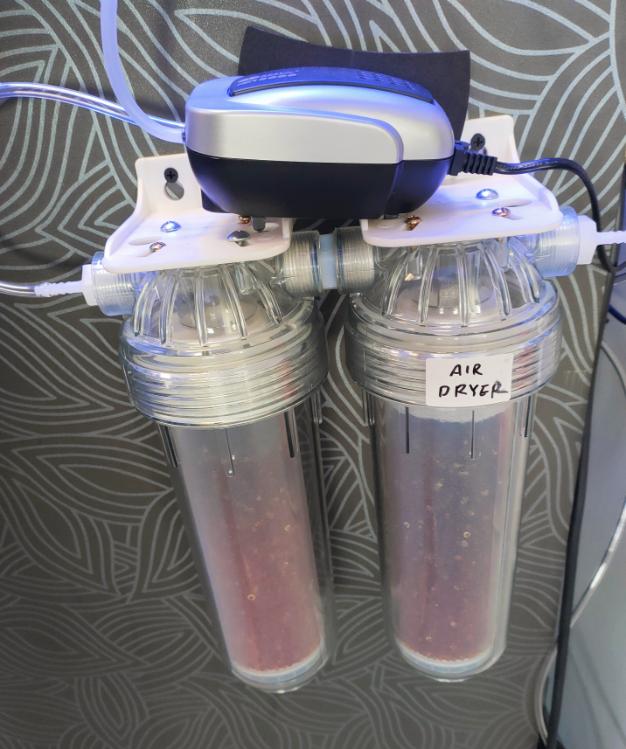
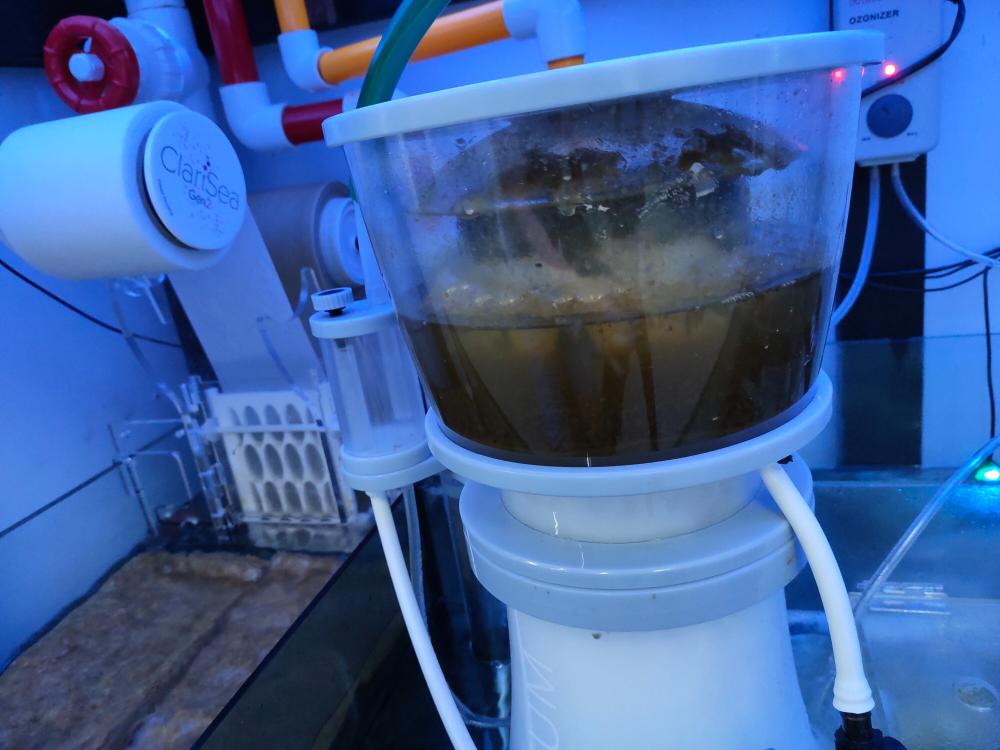
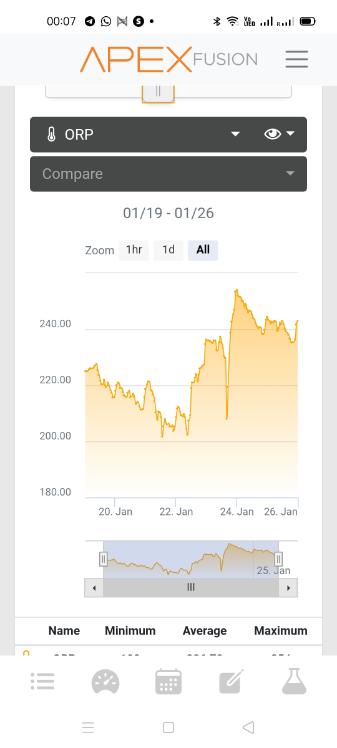
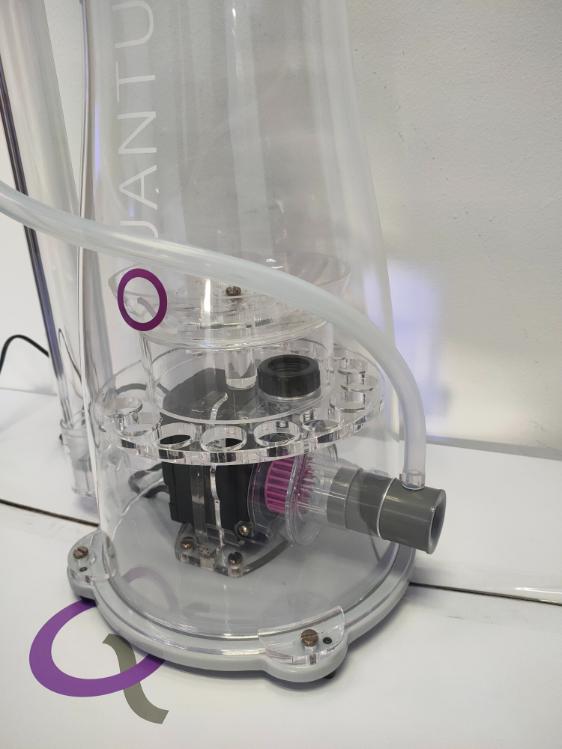
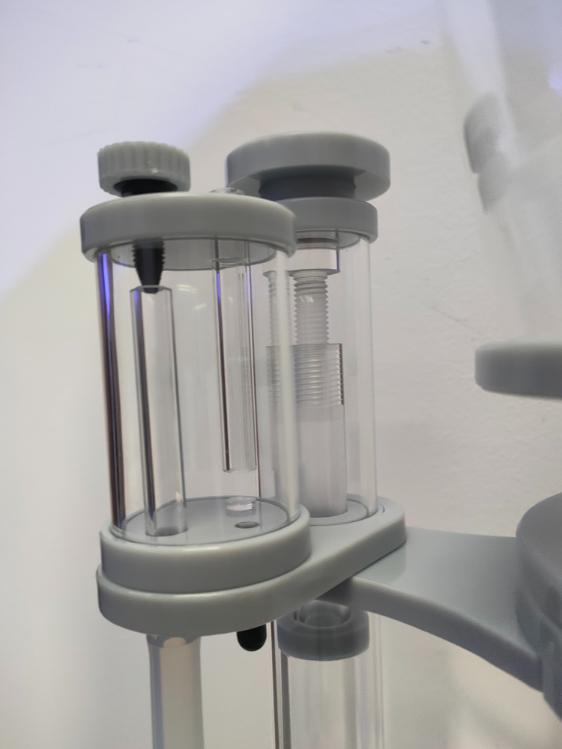
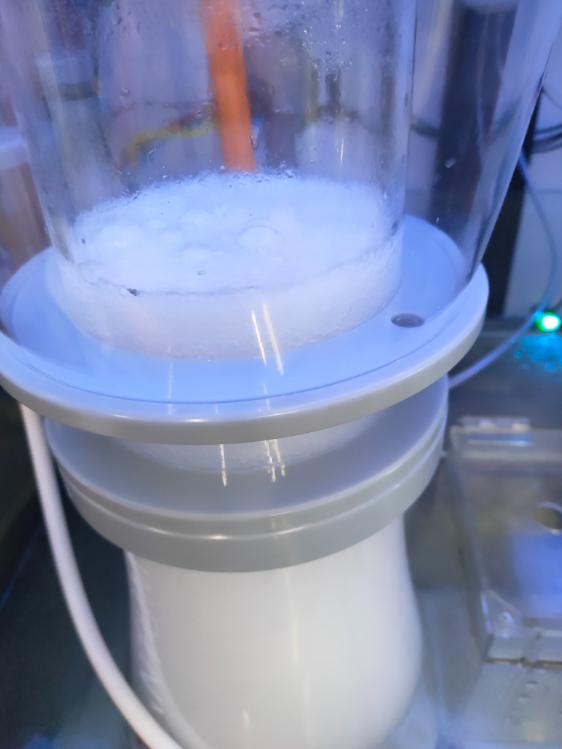
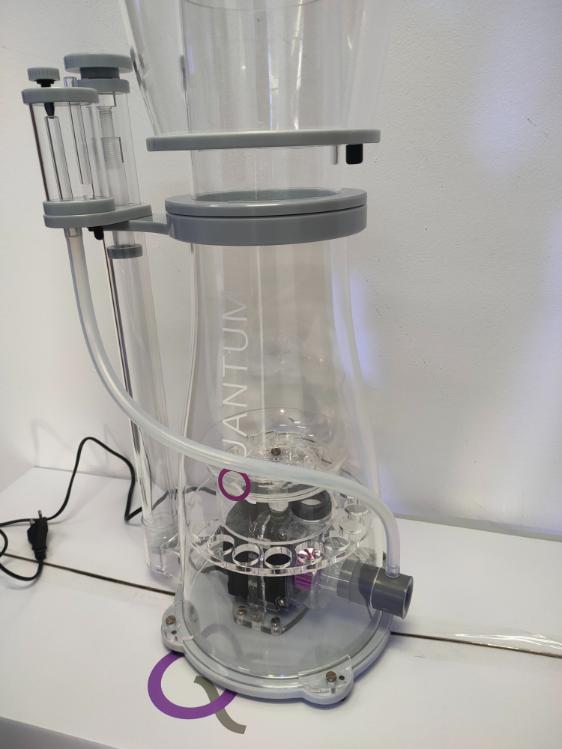
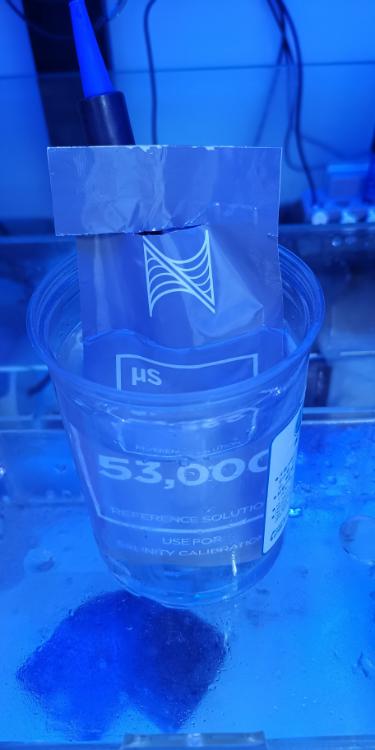
.jpg.85c2e09fa5e68336438eadb7fee79565.jpg)
.jpg.6f26f96f7d9ae318c69050e06e8aecac.jpg)
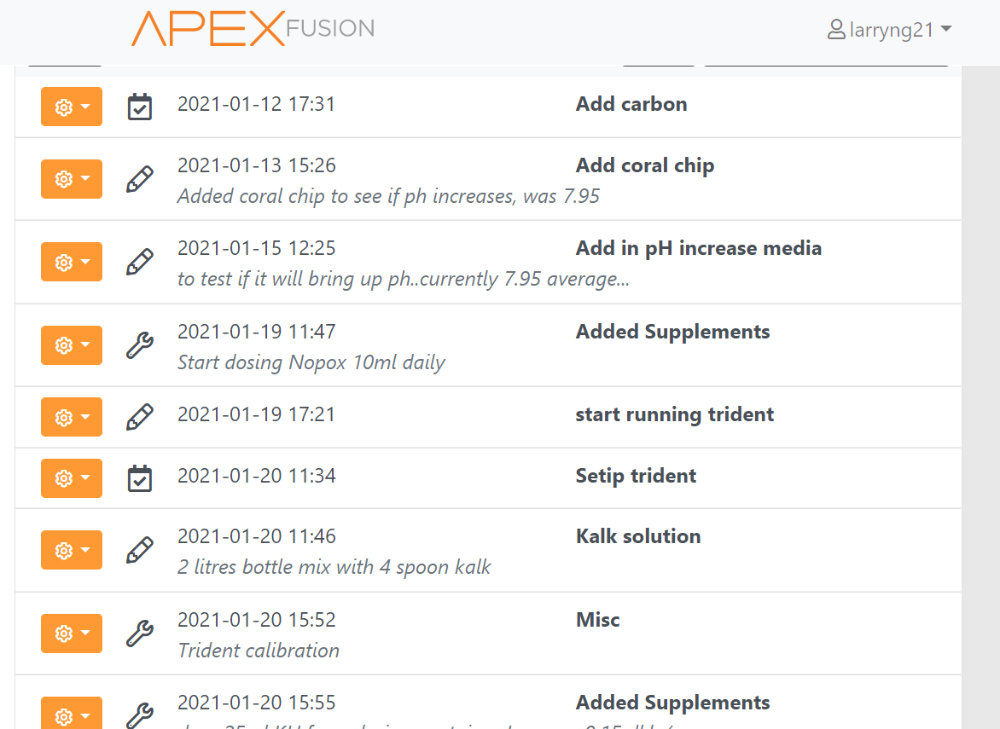
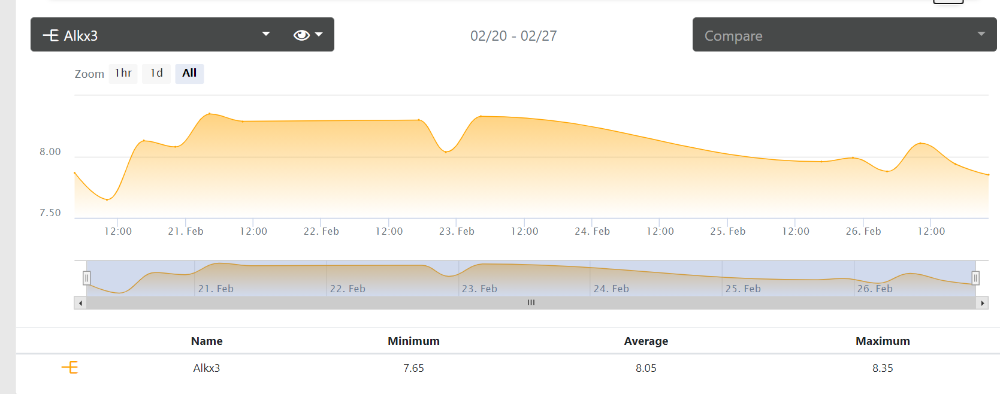
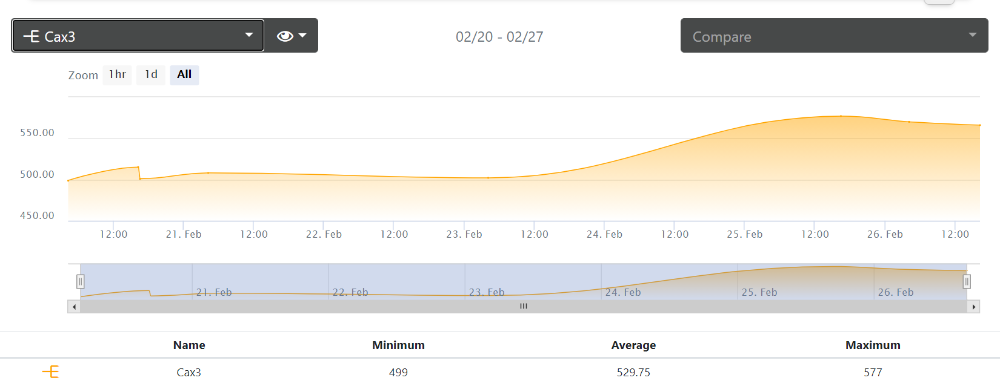
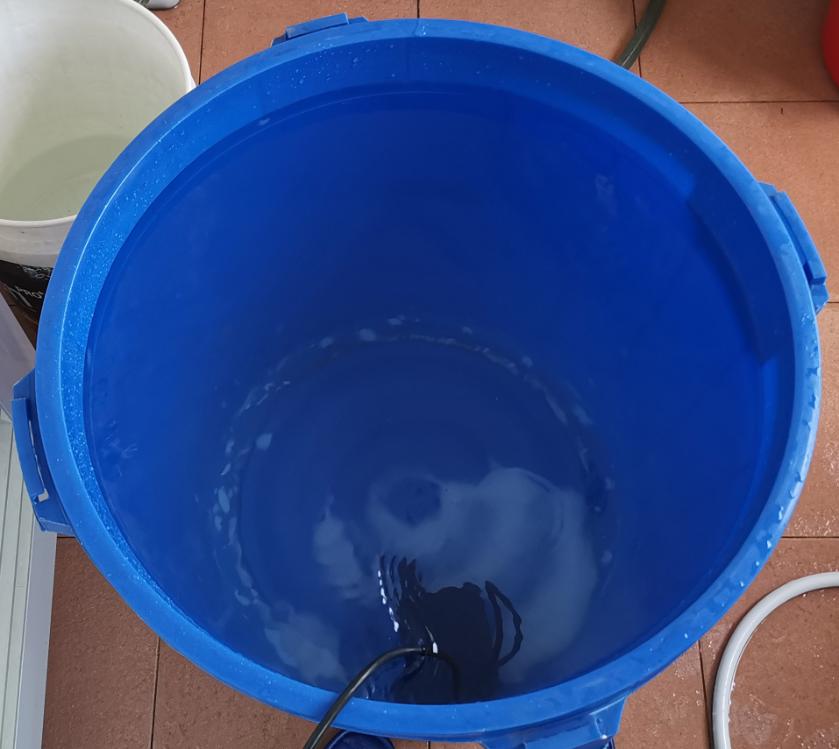
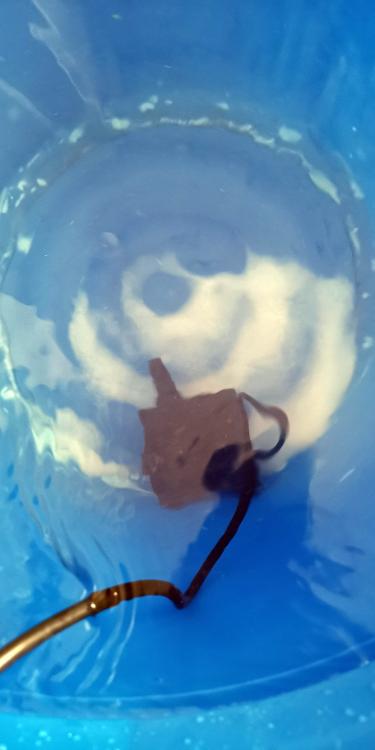
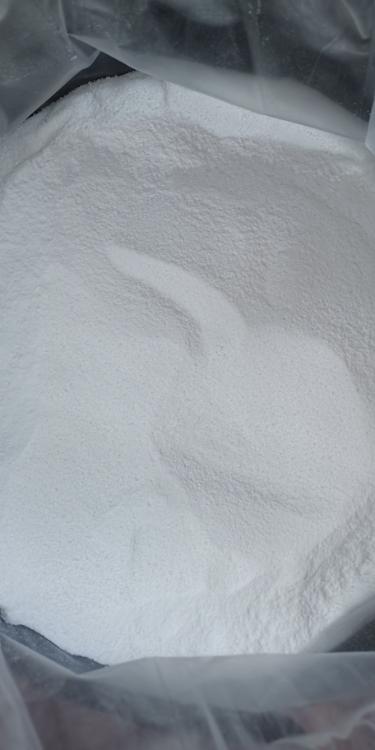
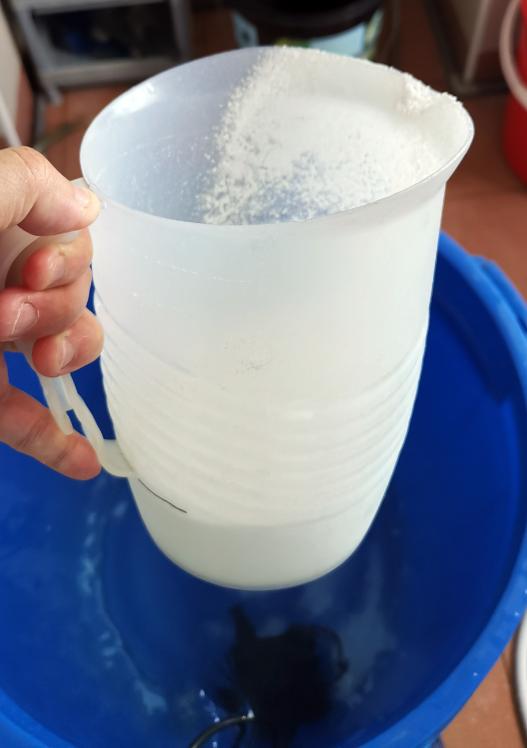
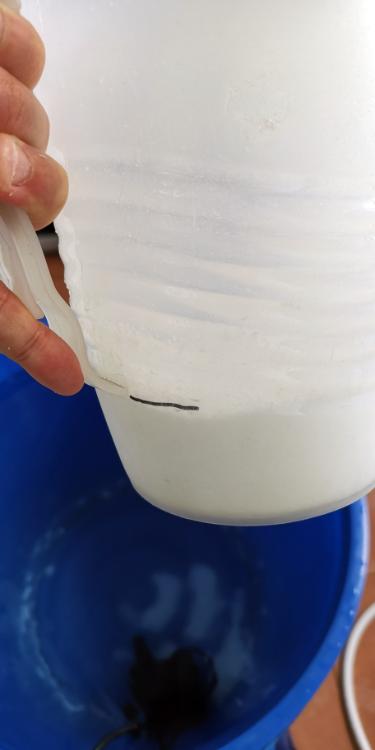
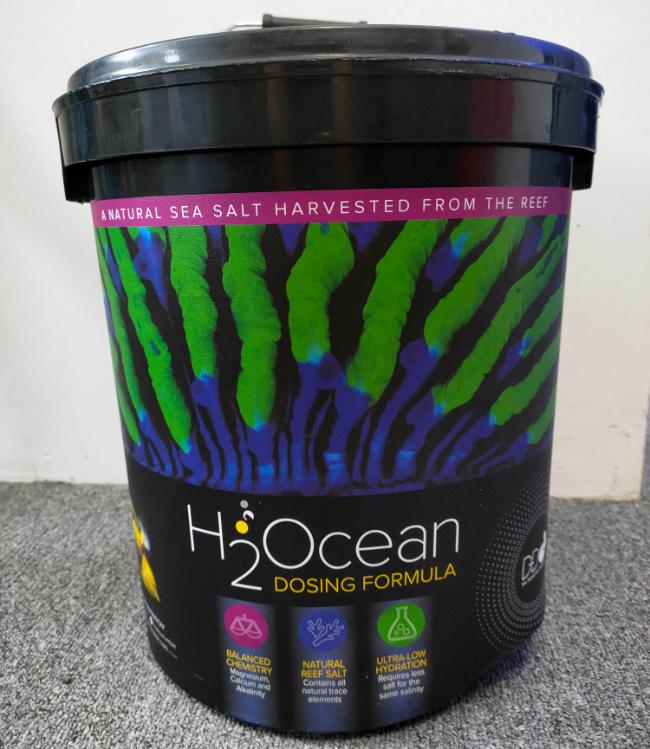
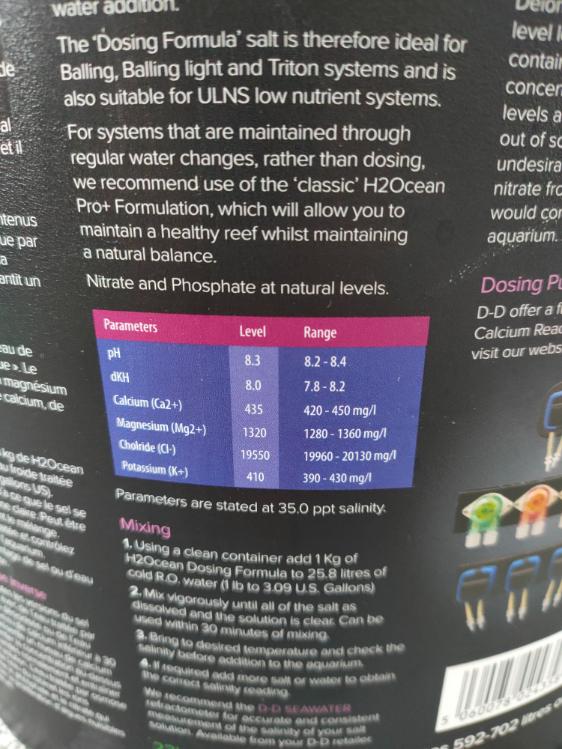
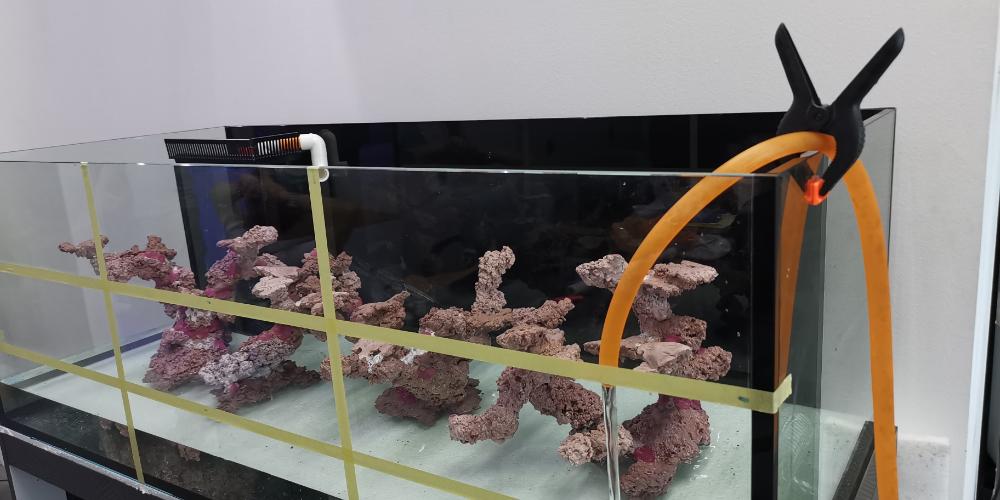
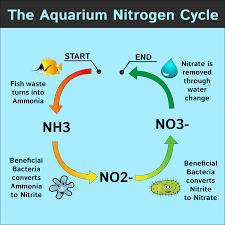
.jpg.94923843f699fb02da204e2a9a237235.jpg)
.jpg.fd4f1e75560330dfa2cb403be5d7f11d.jpg)
.jpg.458c91402583b70ed9f9f3a9e1a443a2.jpg)
.jpg.89d3673c4e7364bcc4b34a95642bb61f.jpg)
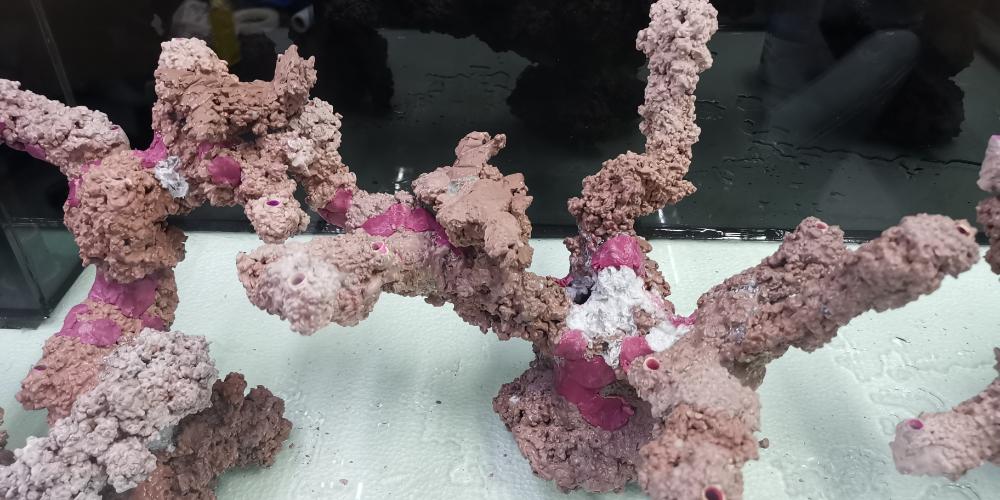
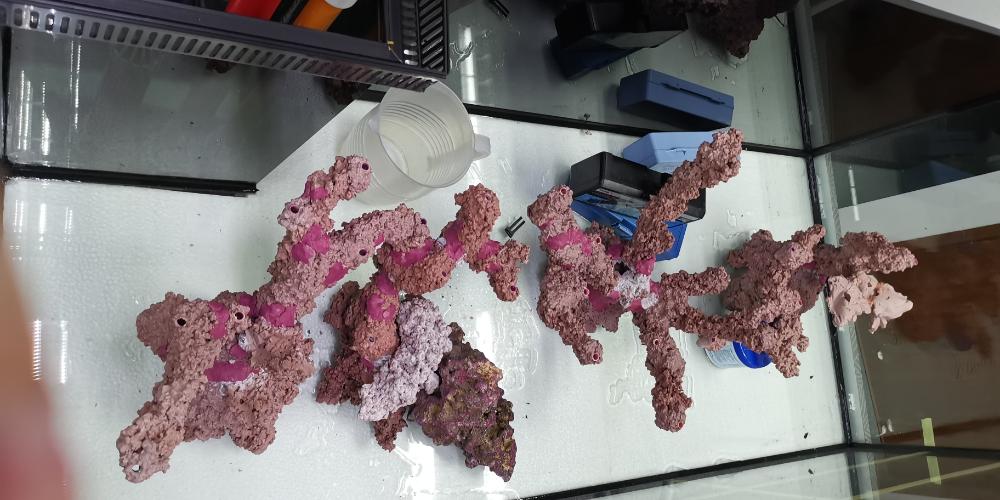
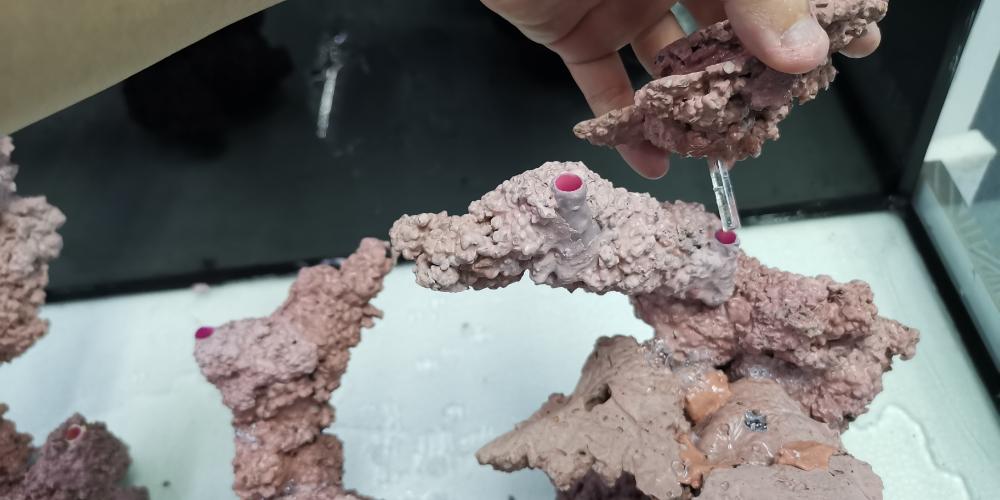
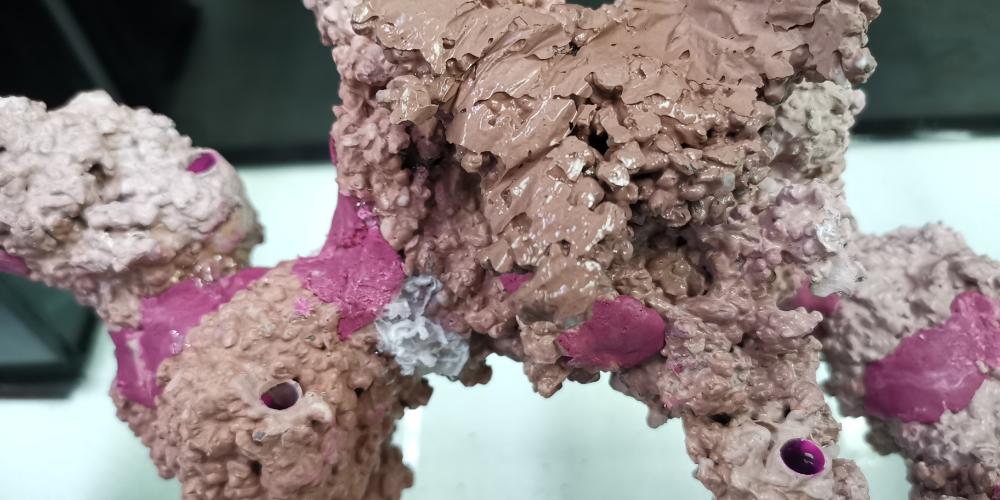
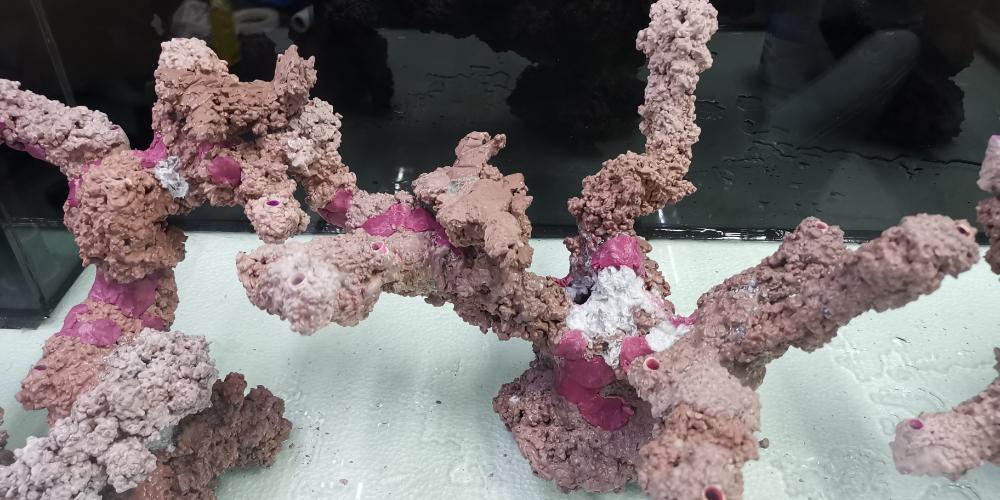
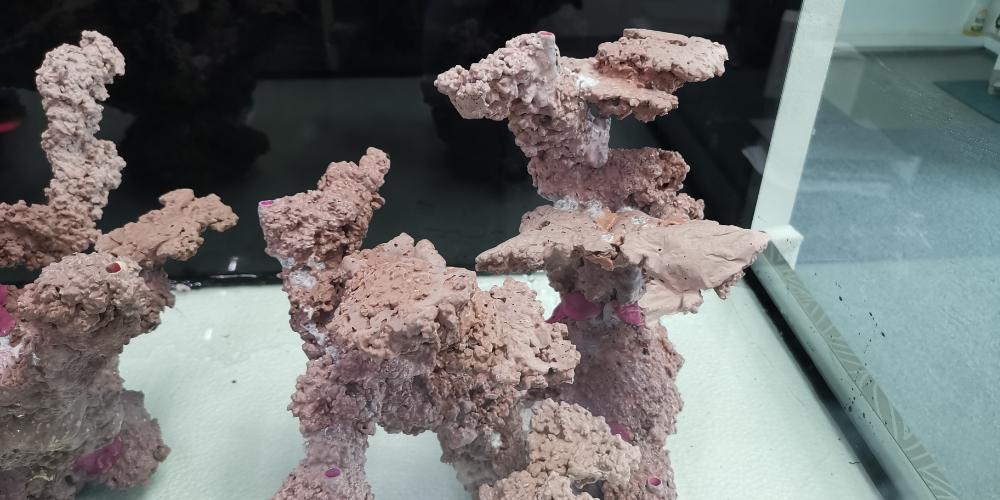
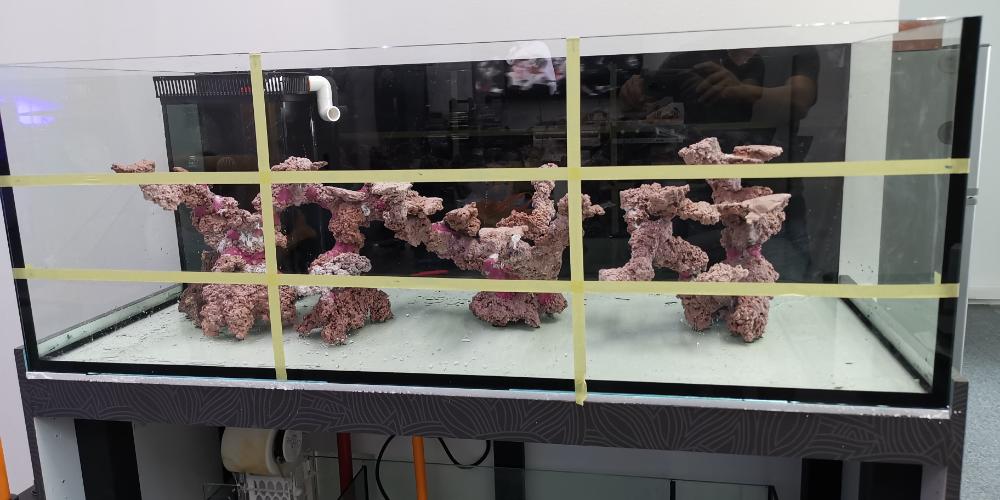
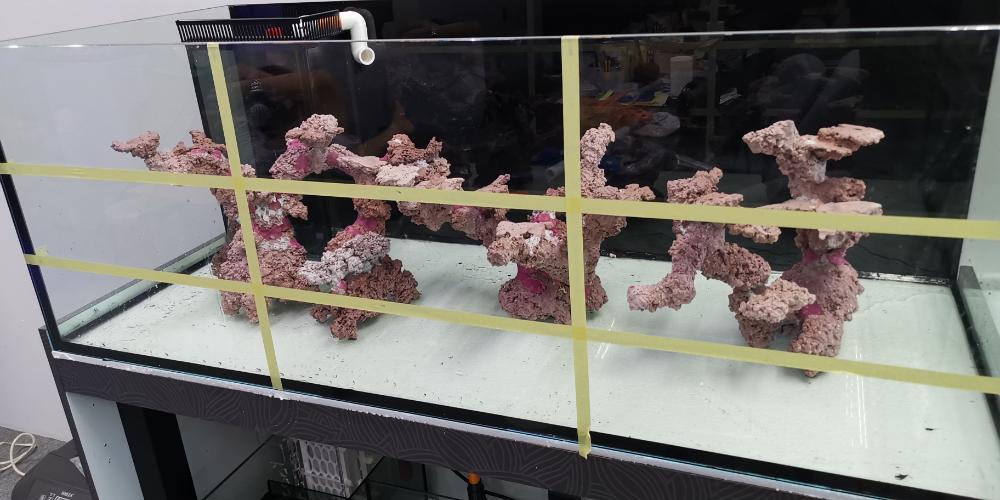
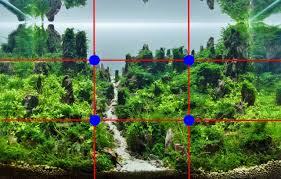
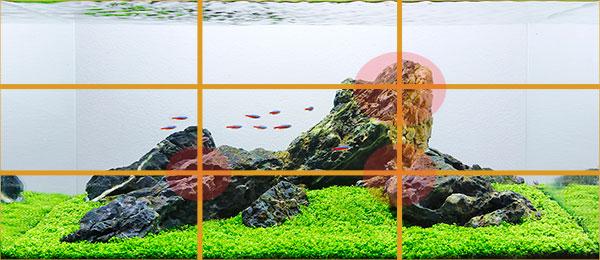
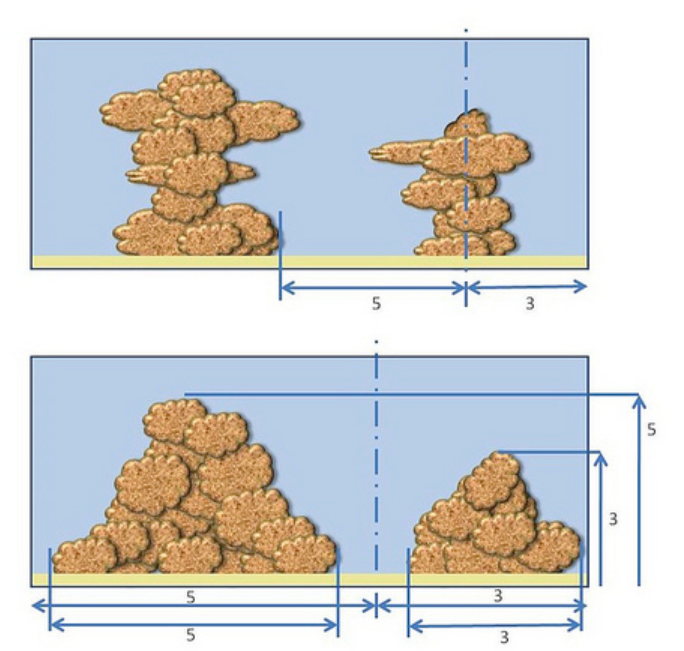
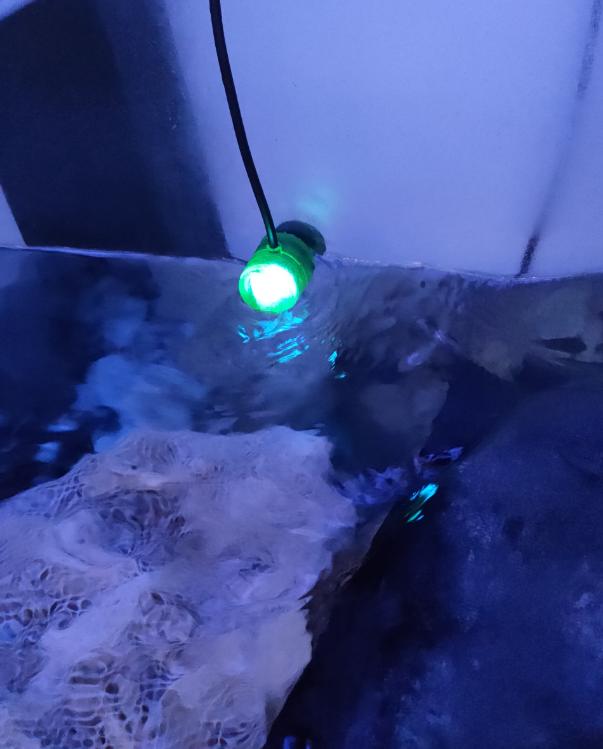
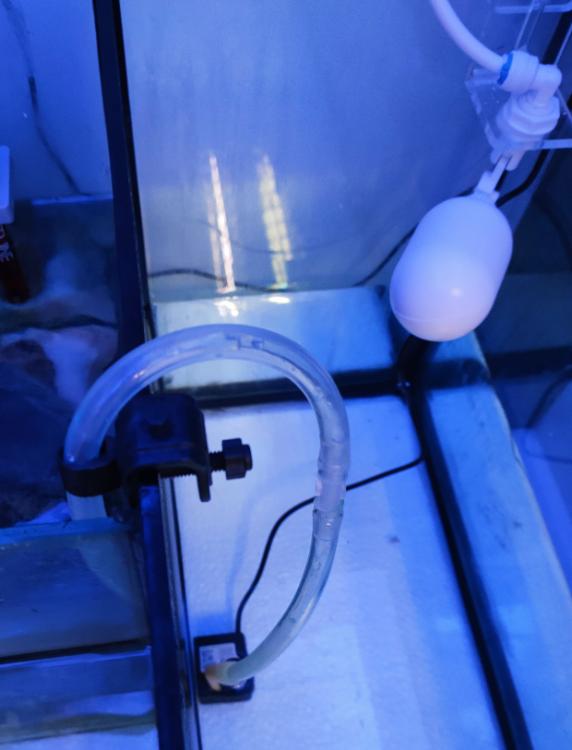
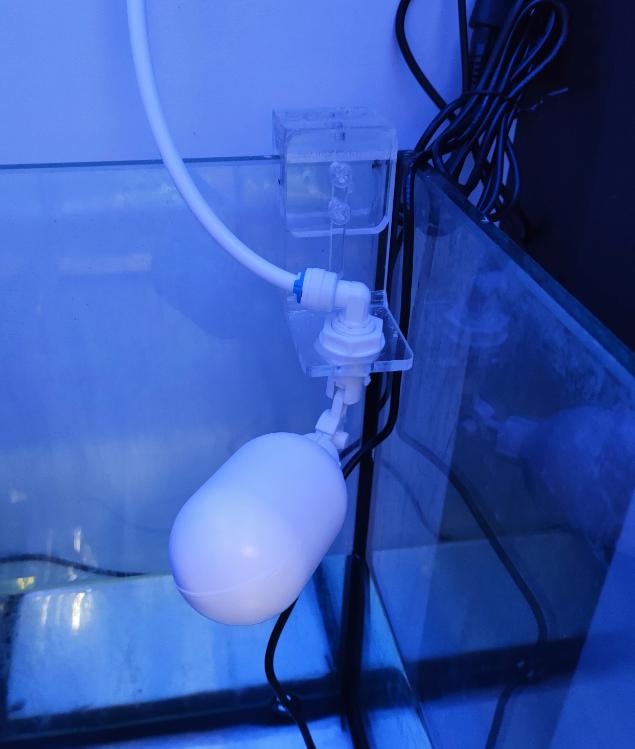
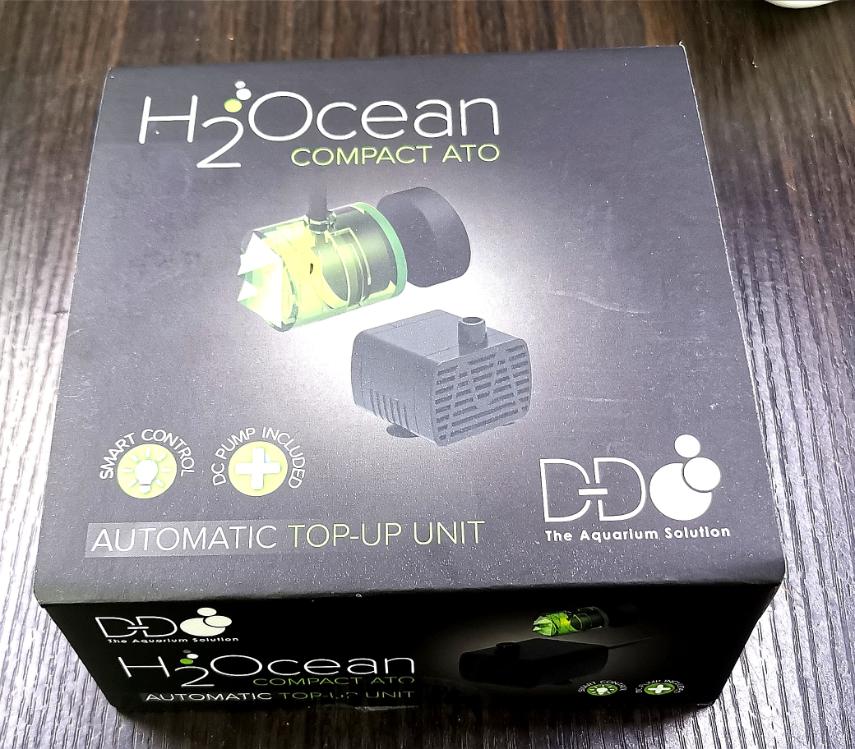
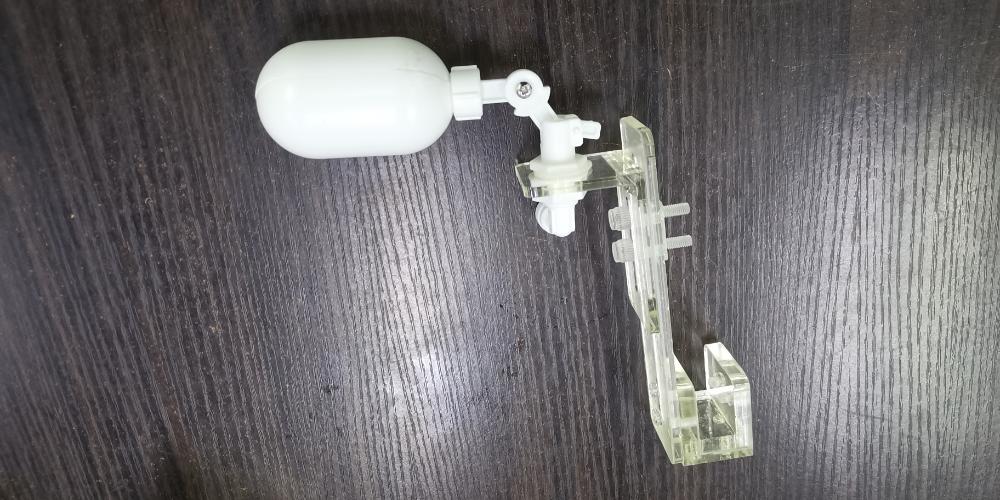
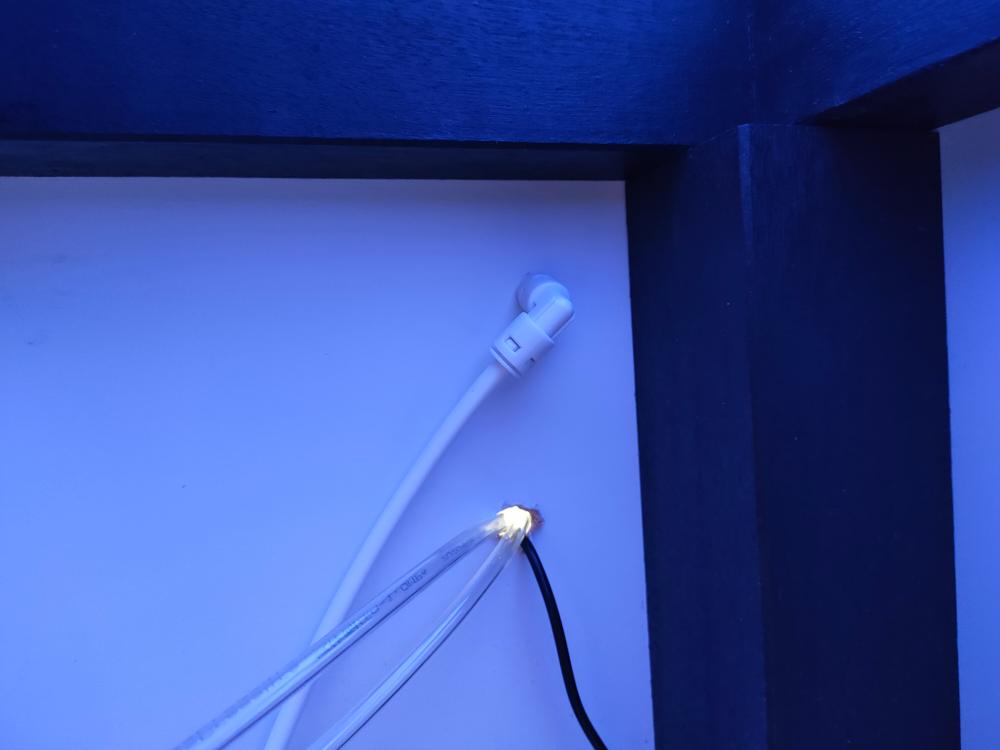
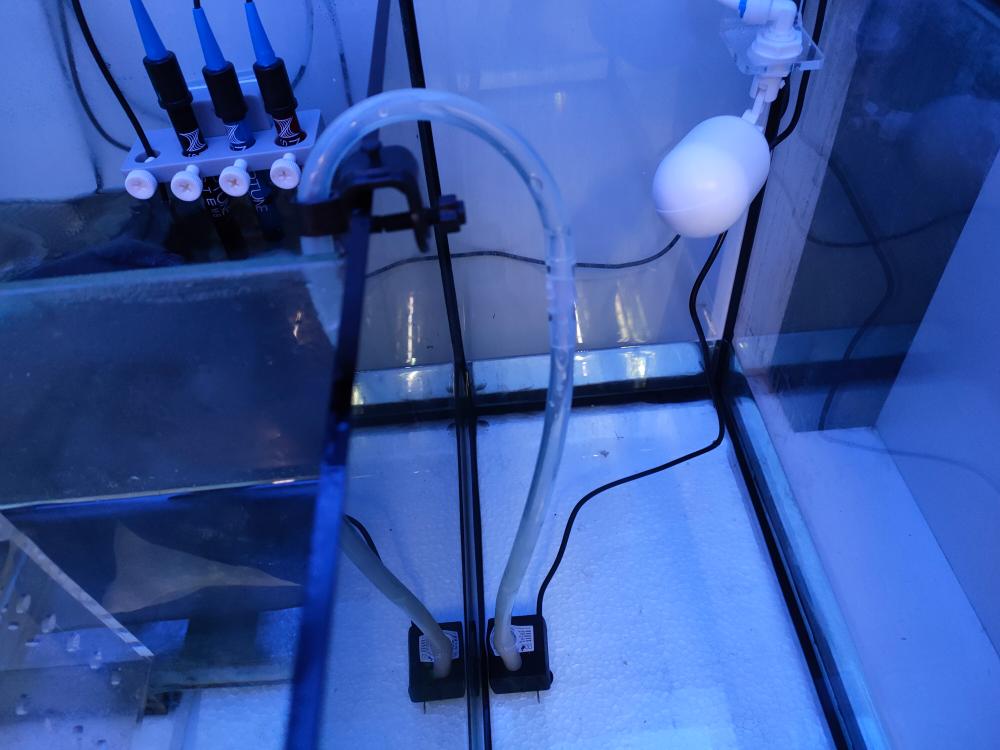
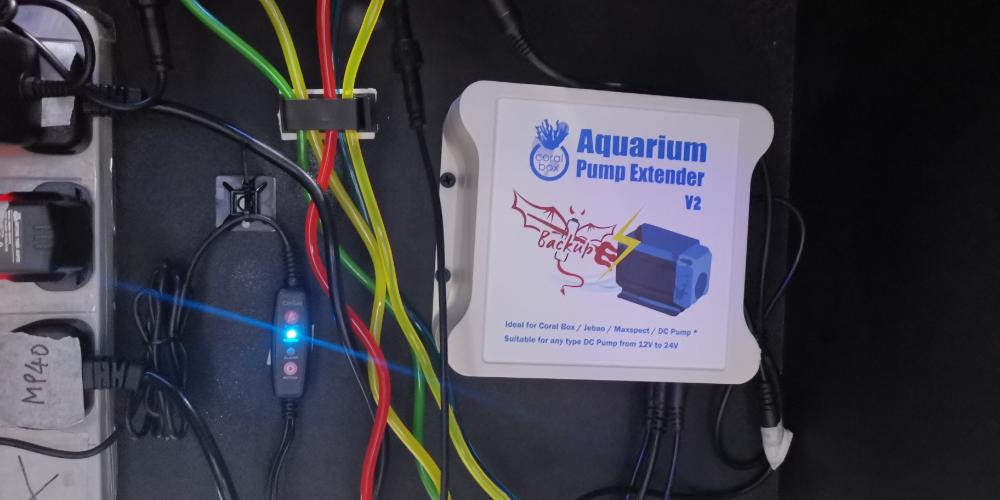
.jpg.79609e664752f2efc61a25d0b1f895d3.jpg)
.jpg.9aaaf6e20373503e5a5de9e0acb060e1.jpg)
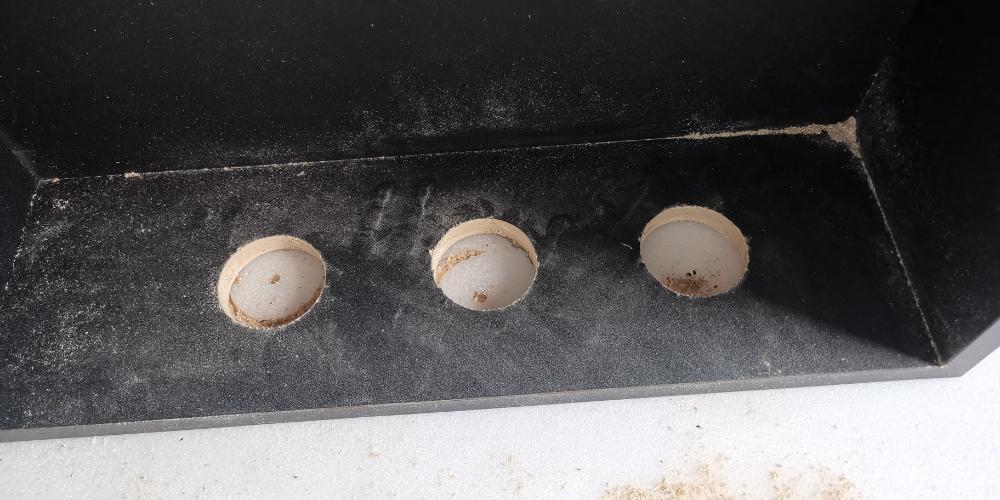
.jpg.d611a5869330f7a4e2555066f54ef9b0.jpg)
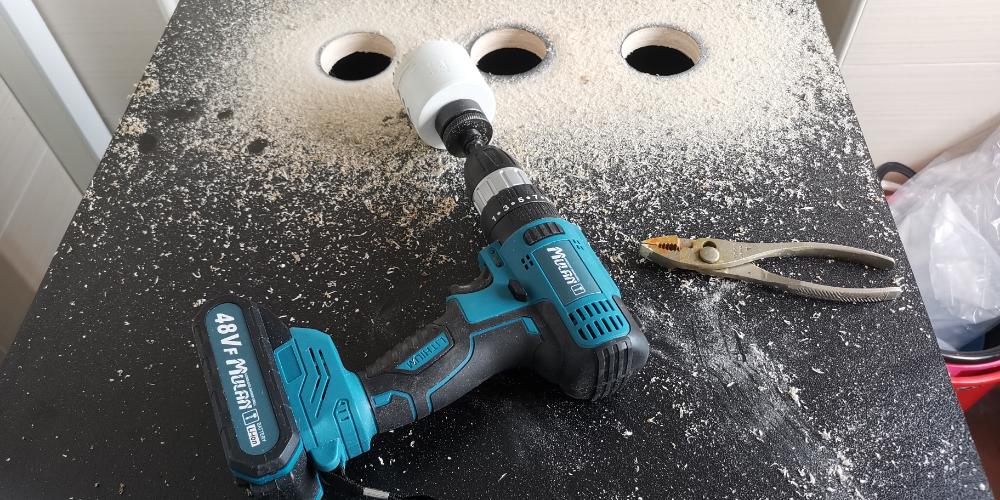
.jpg.2a4764a570ba459547a3f4c8c6e12b93.jpg)
.jpg.723e19d696b973178da7d61260b1c63d.jpg)
